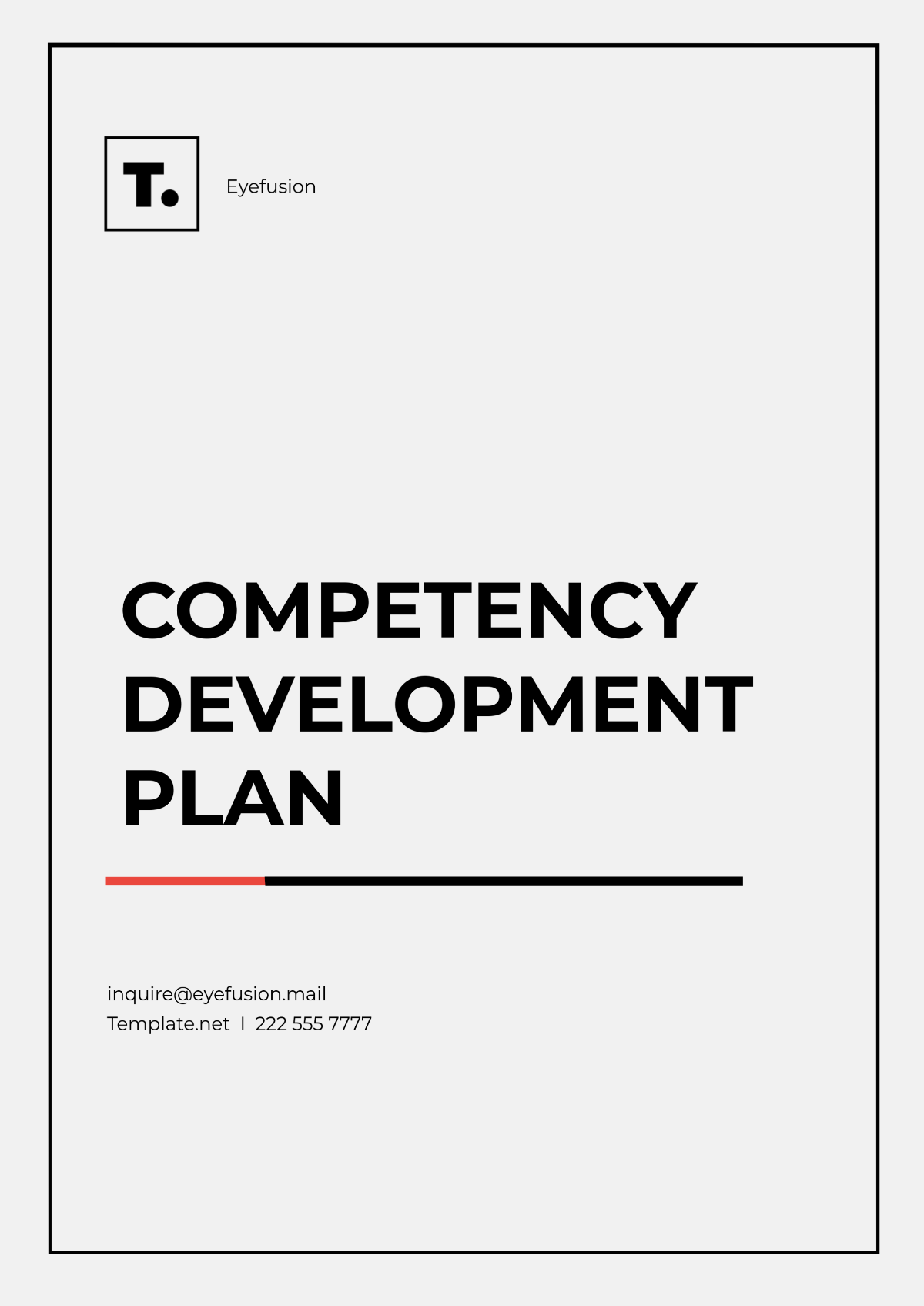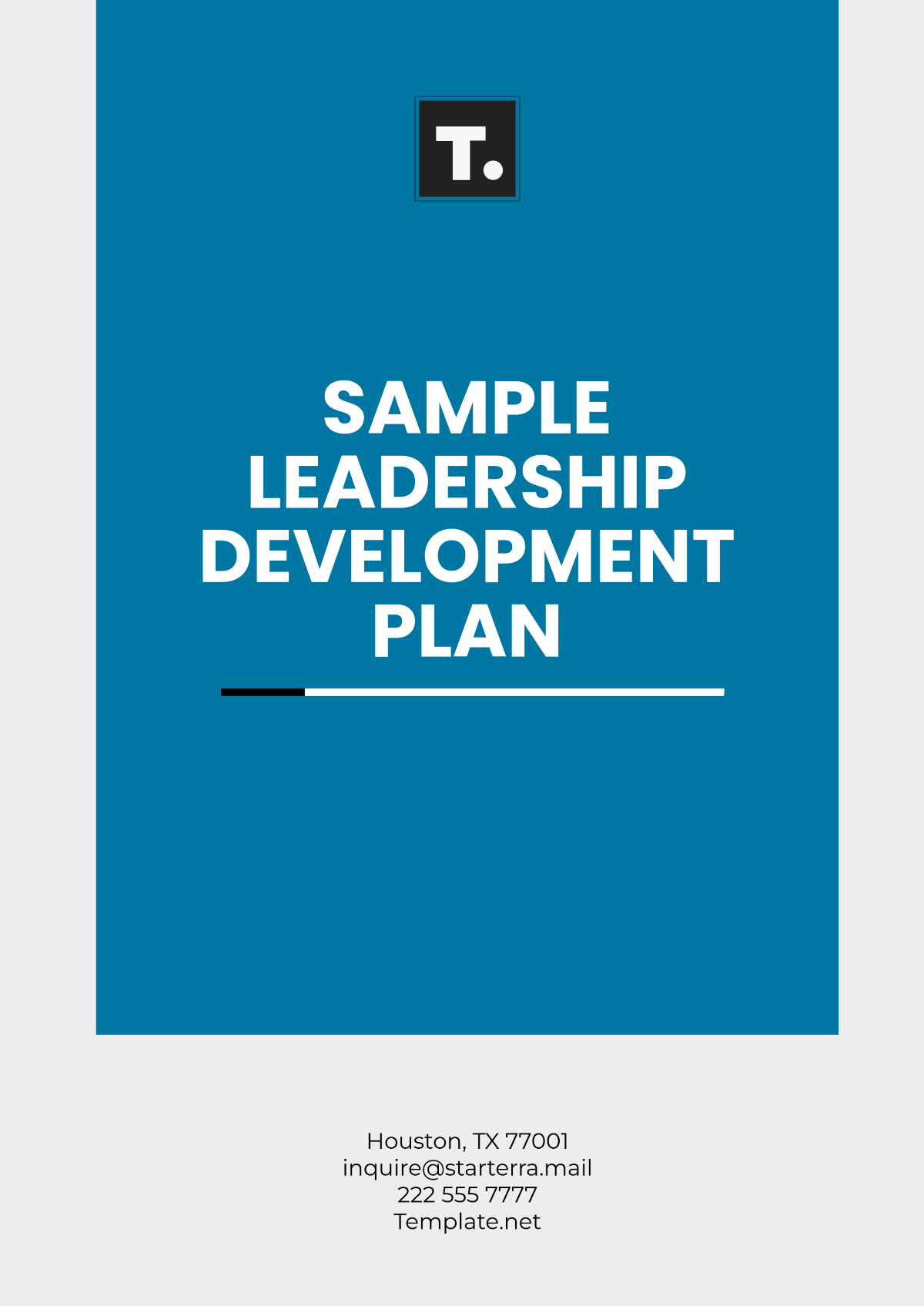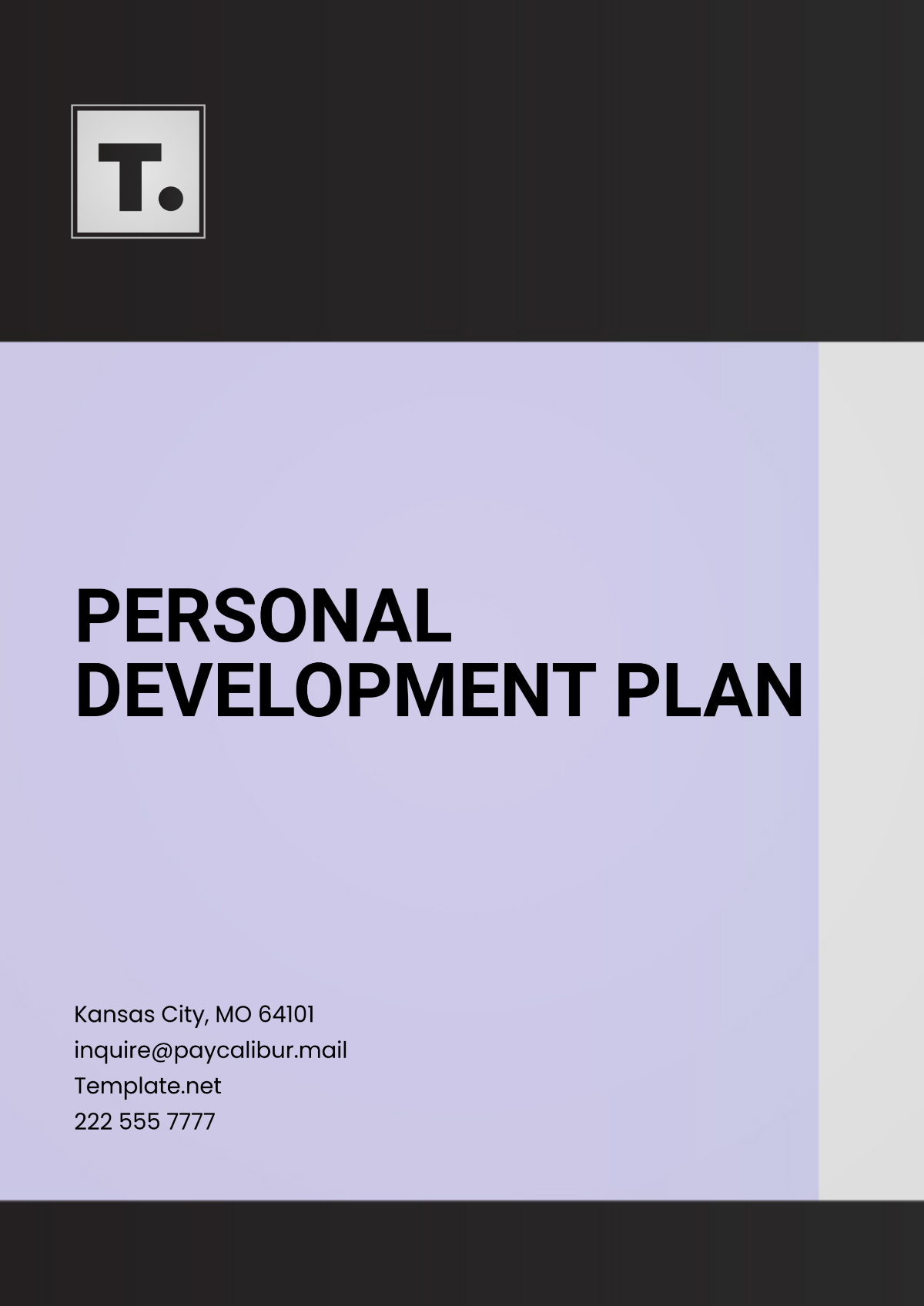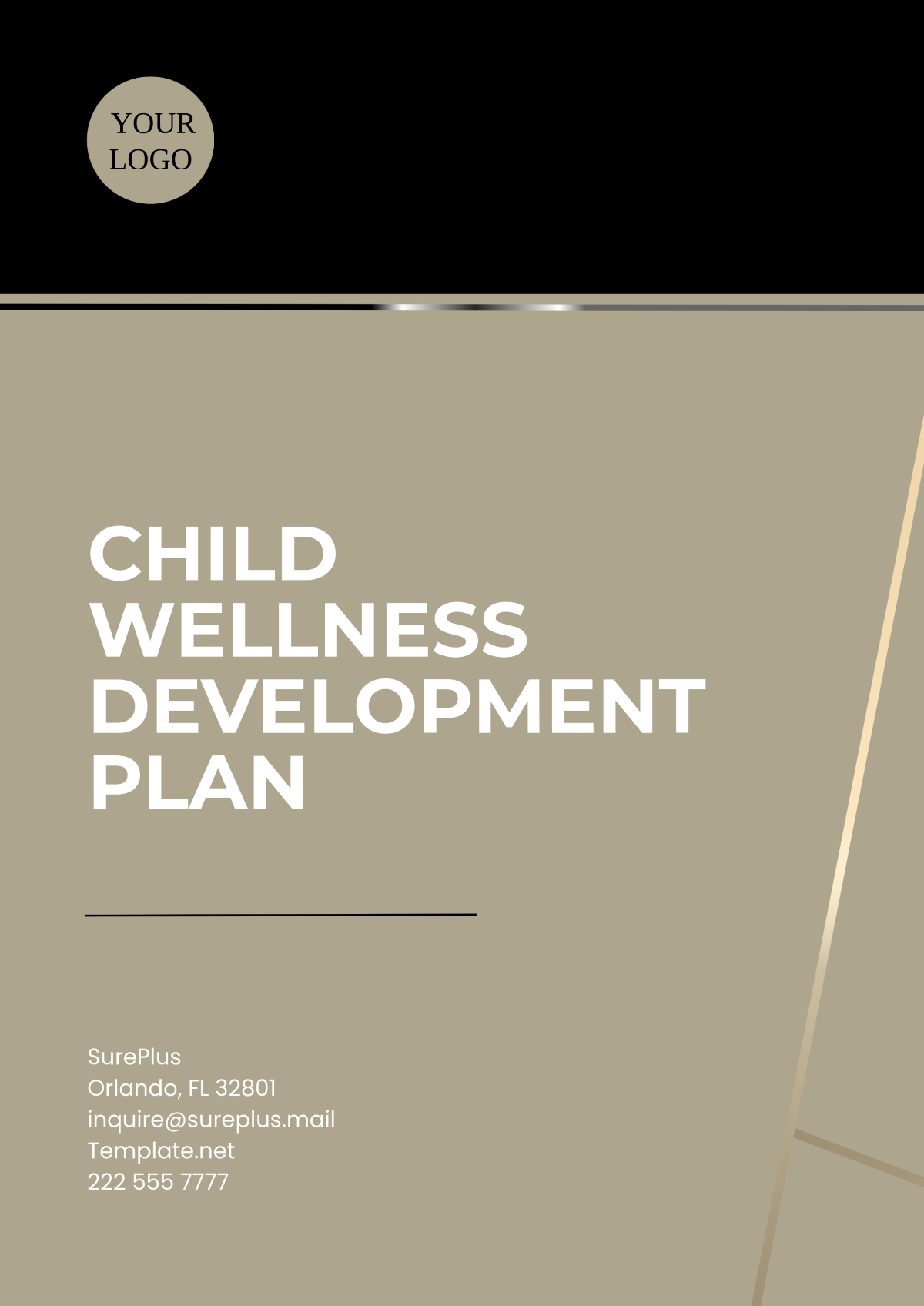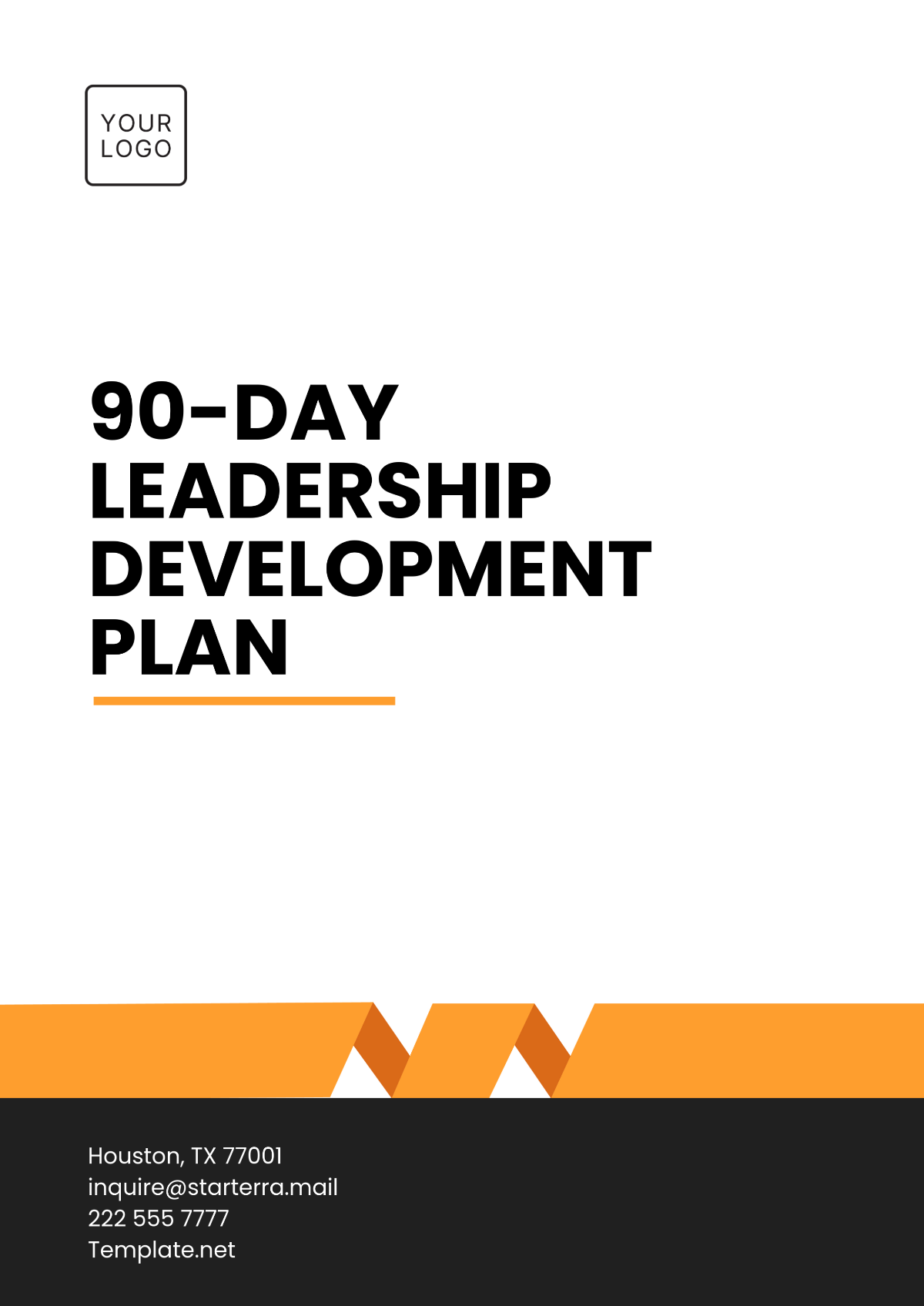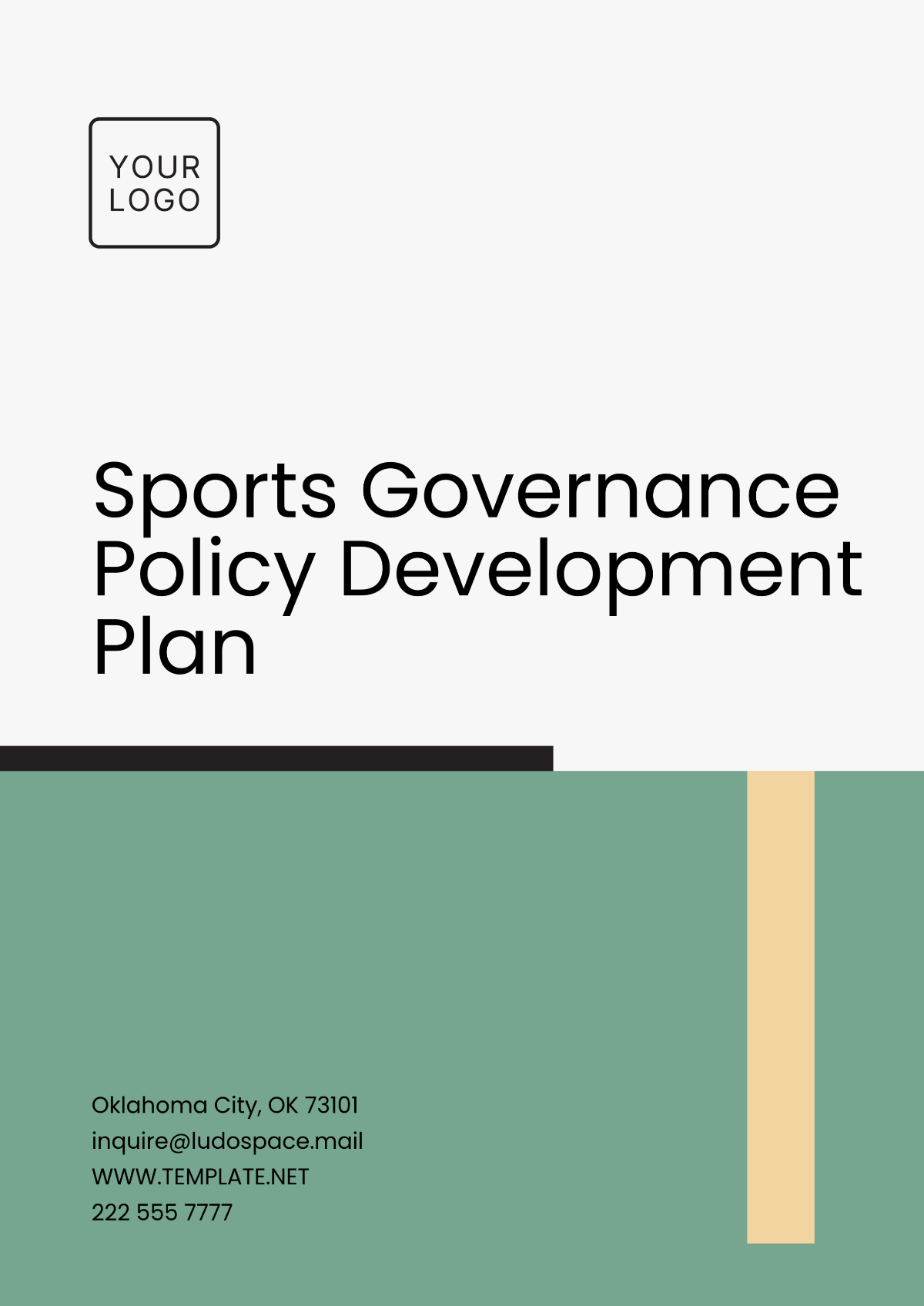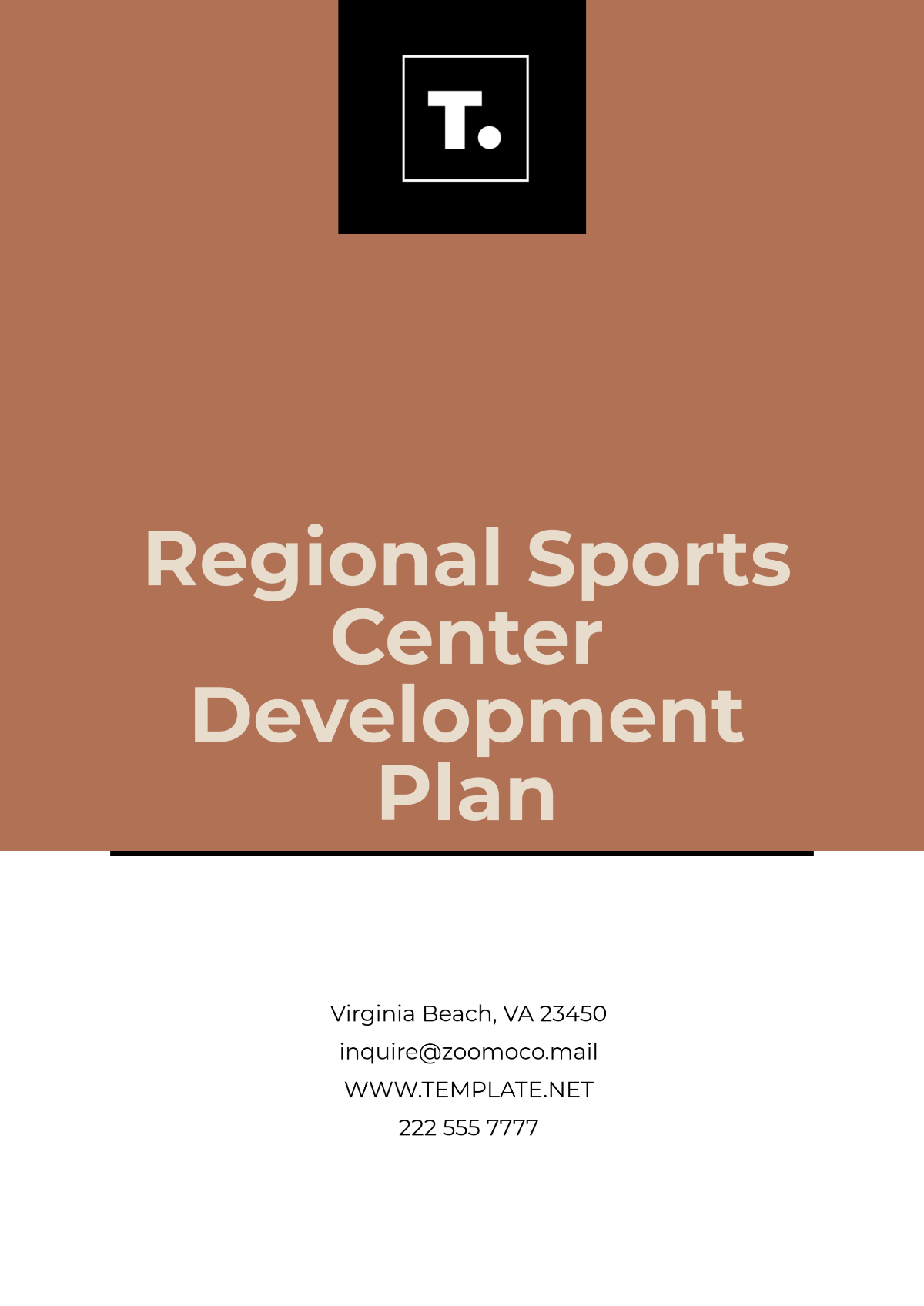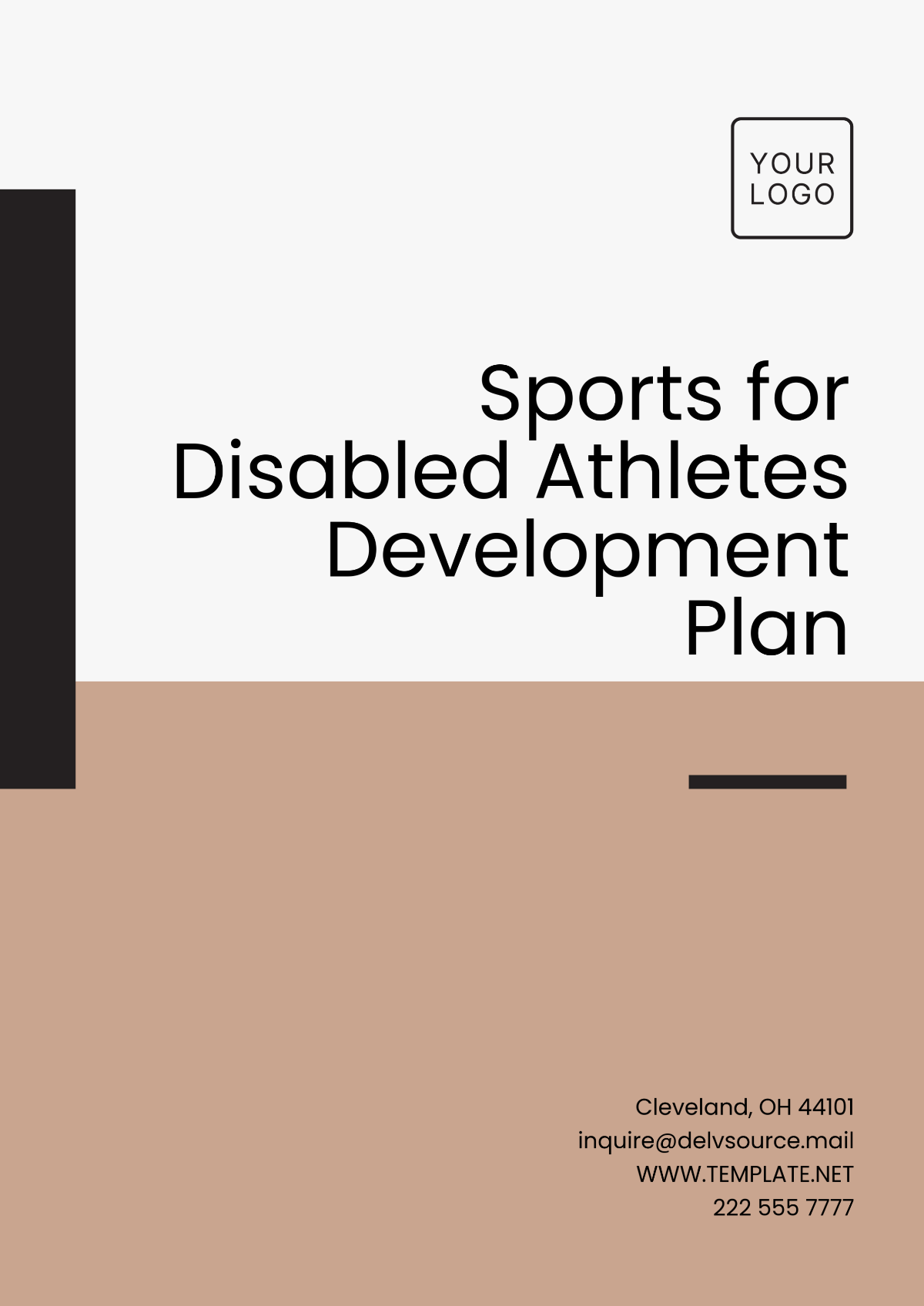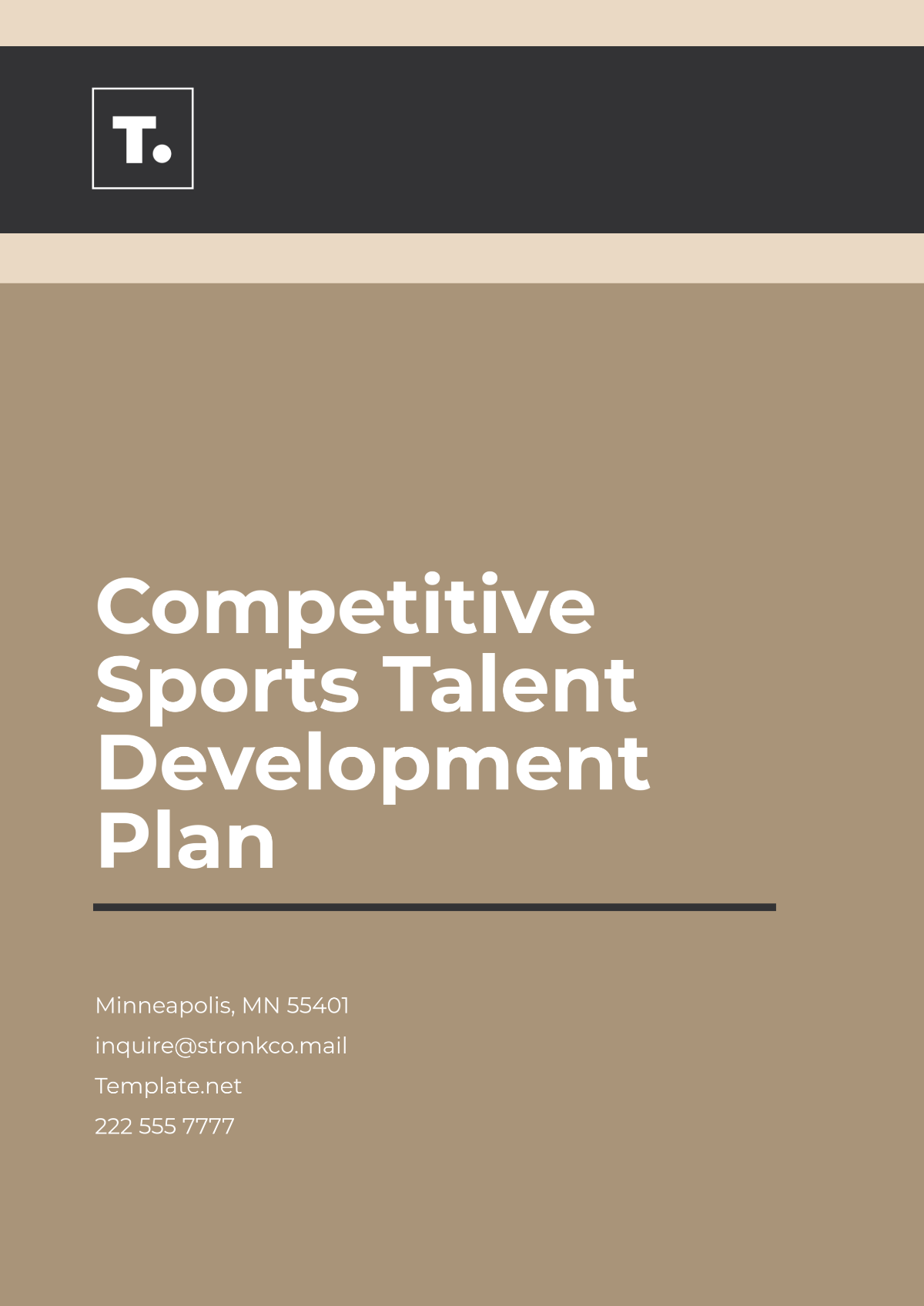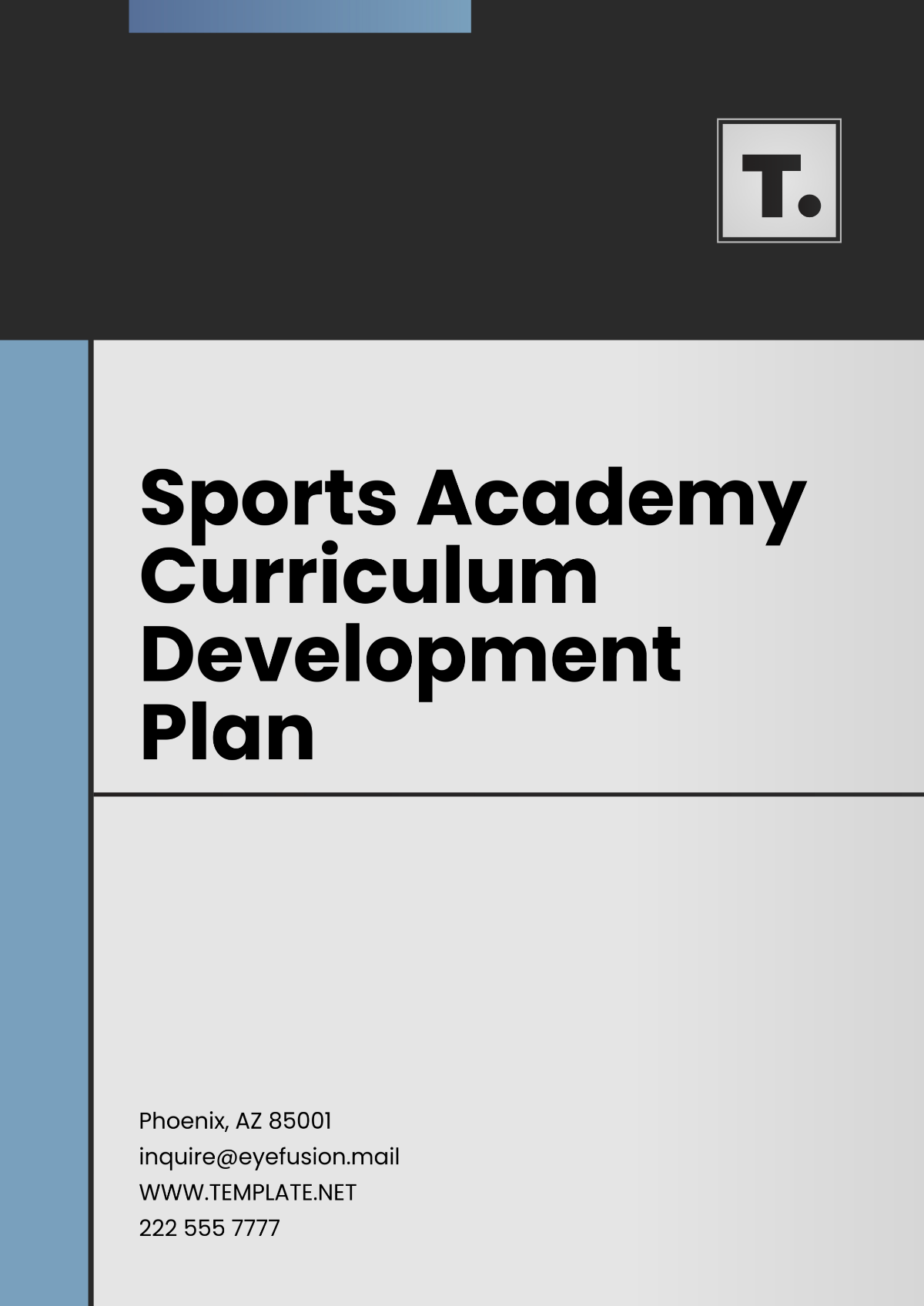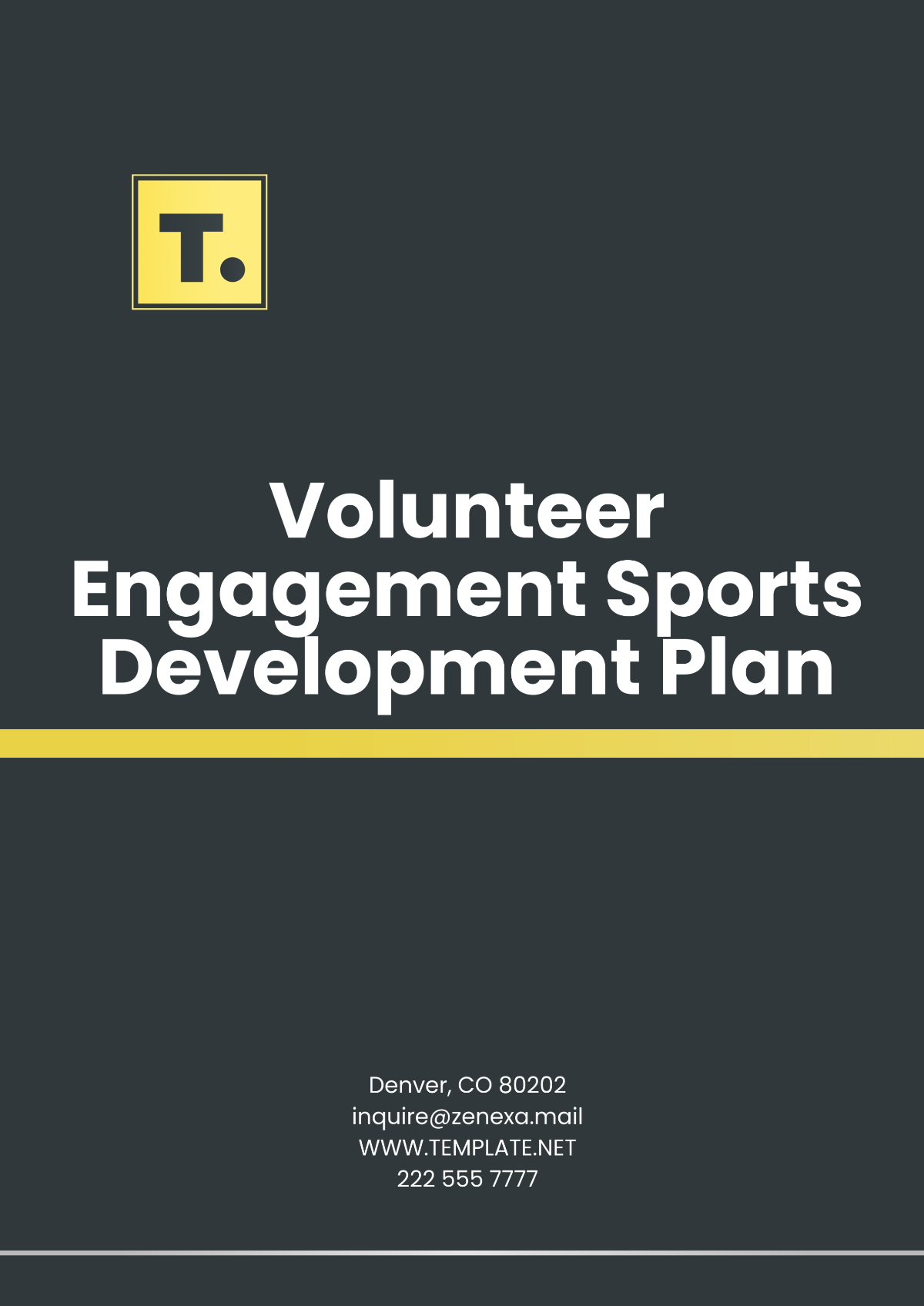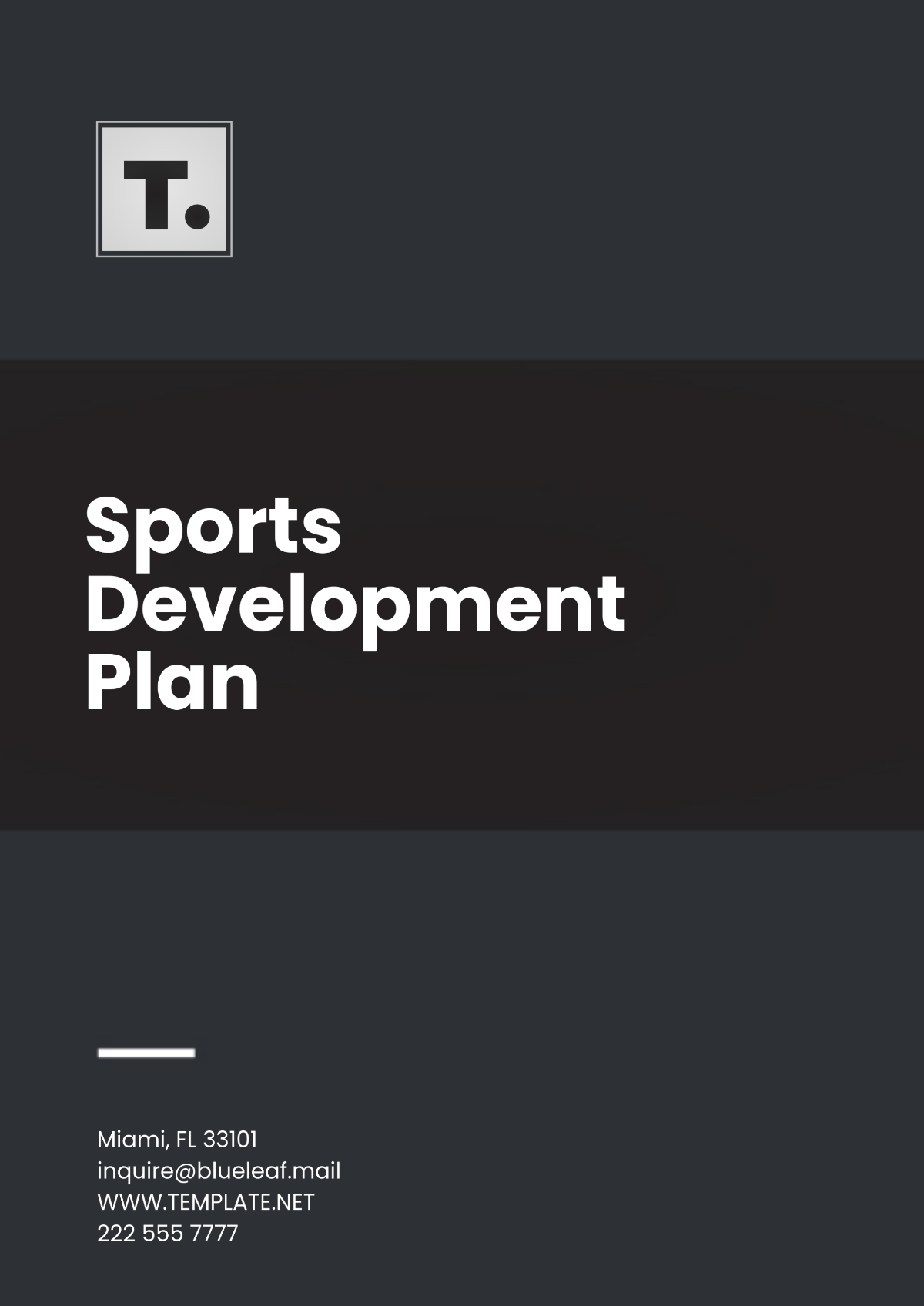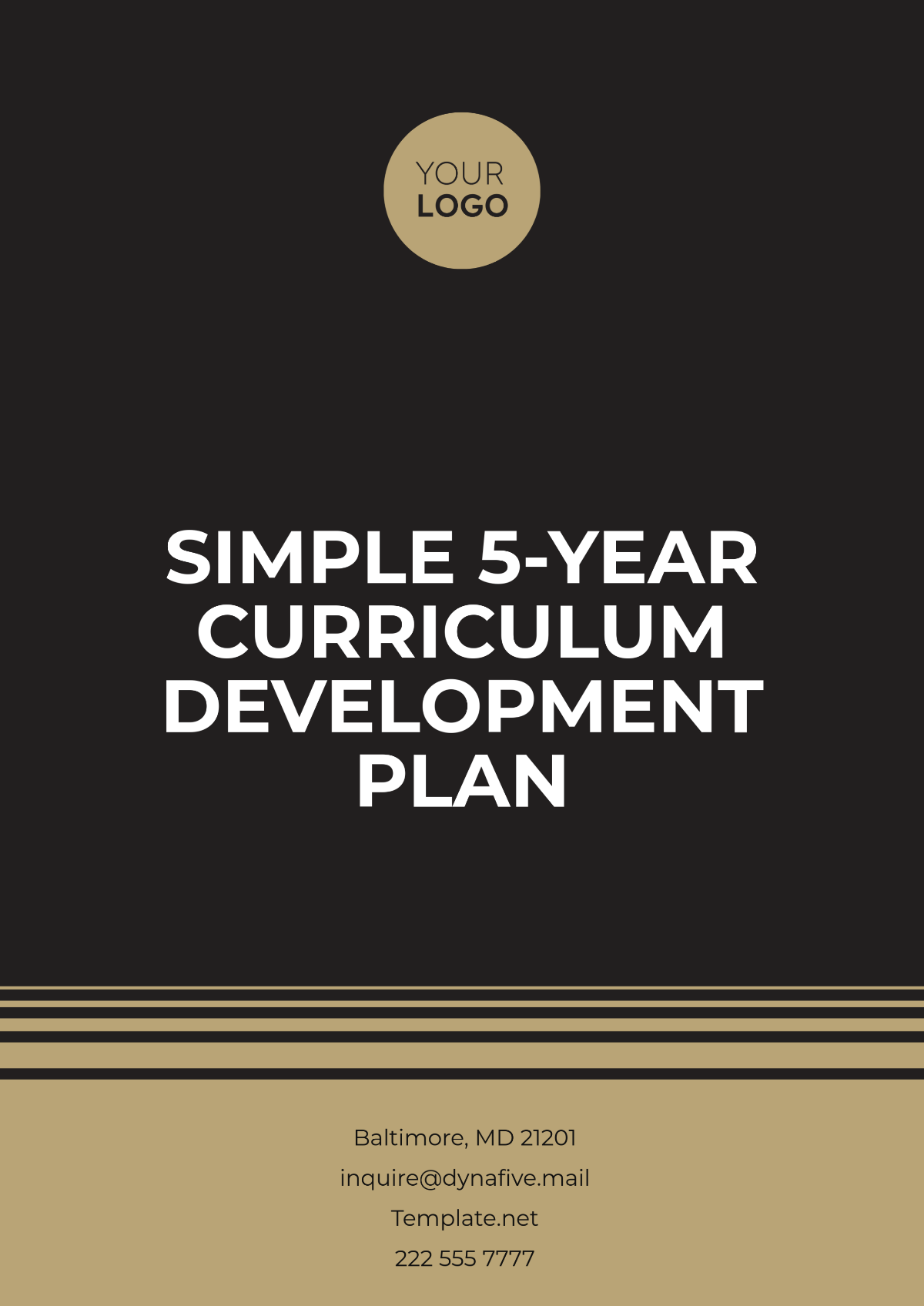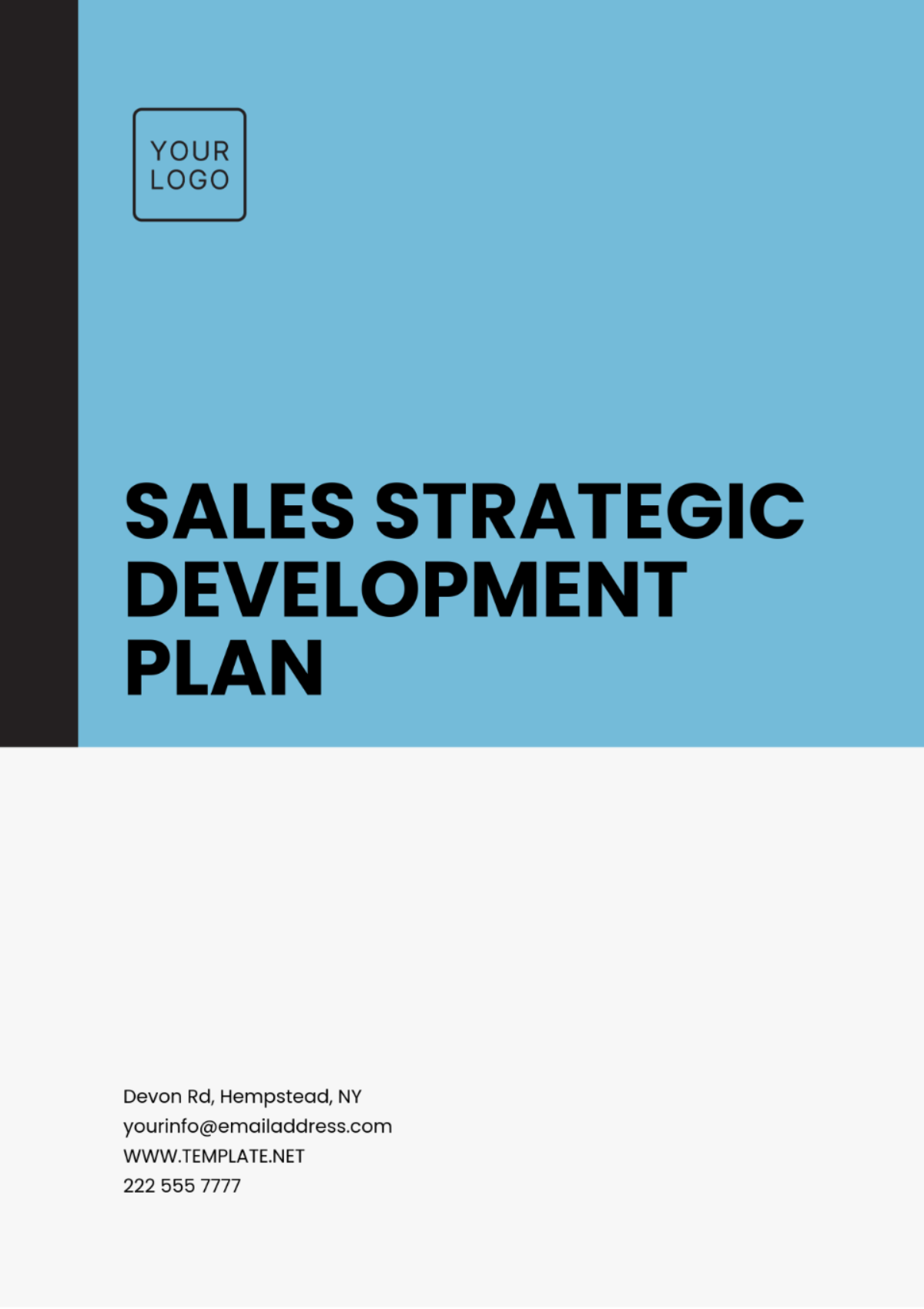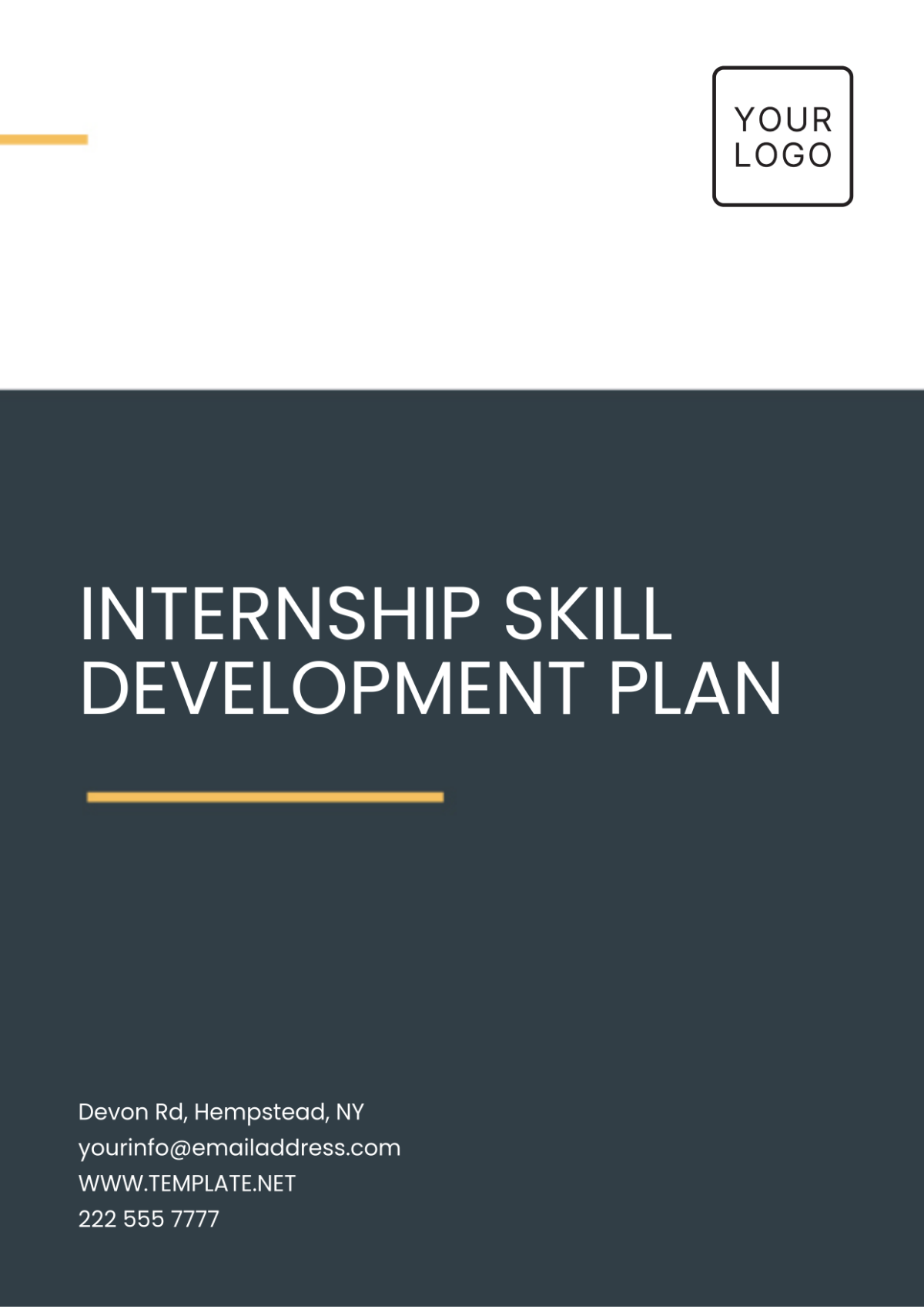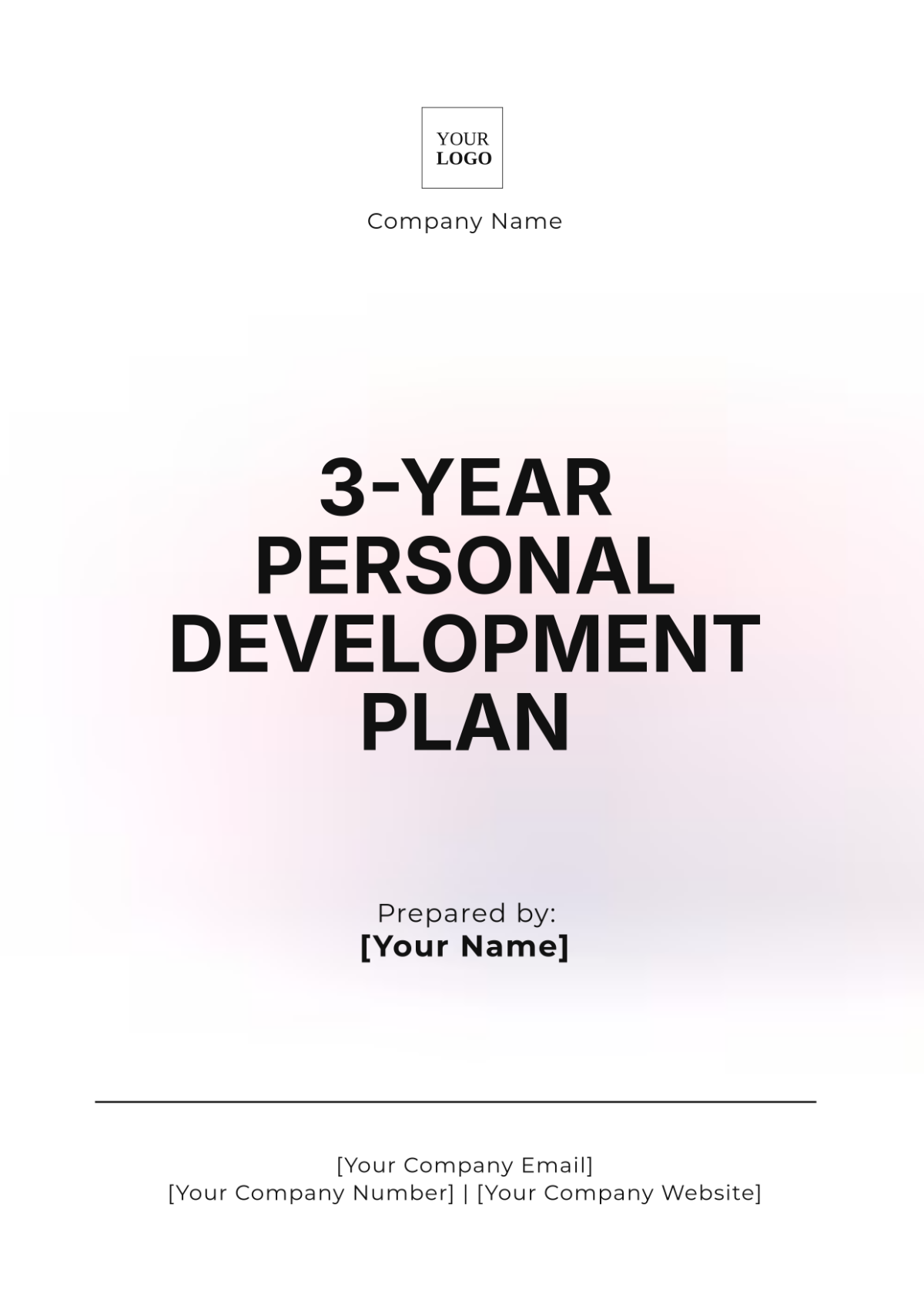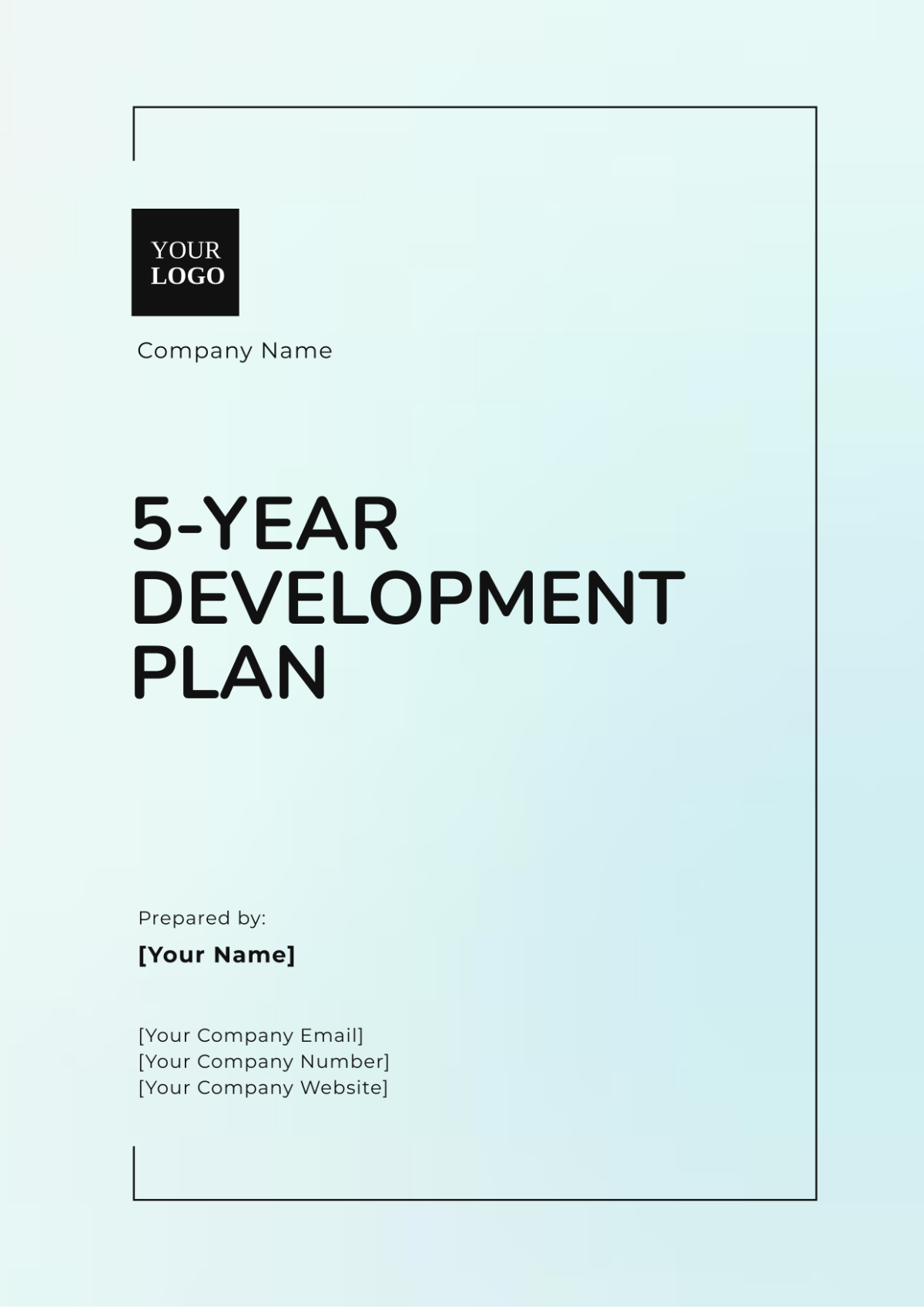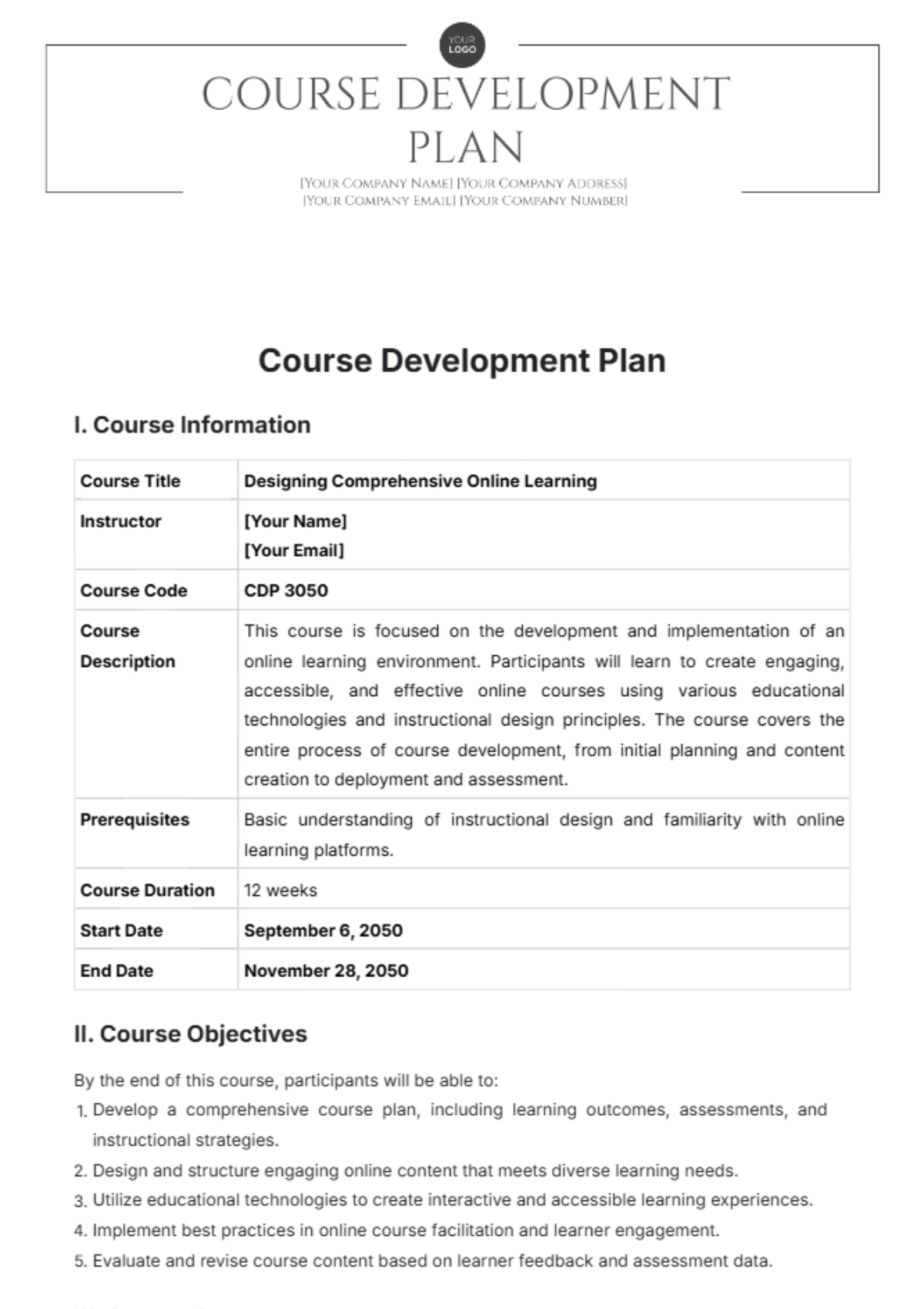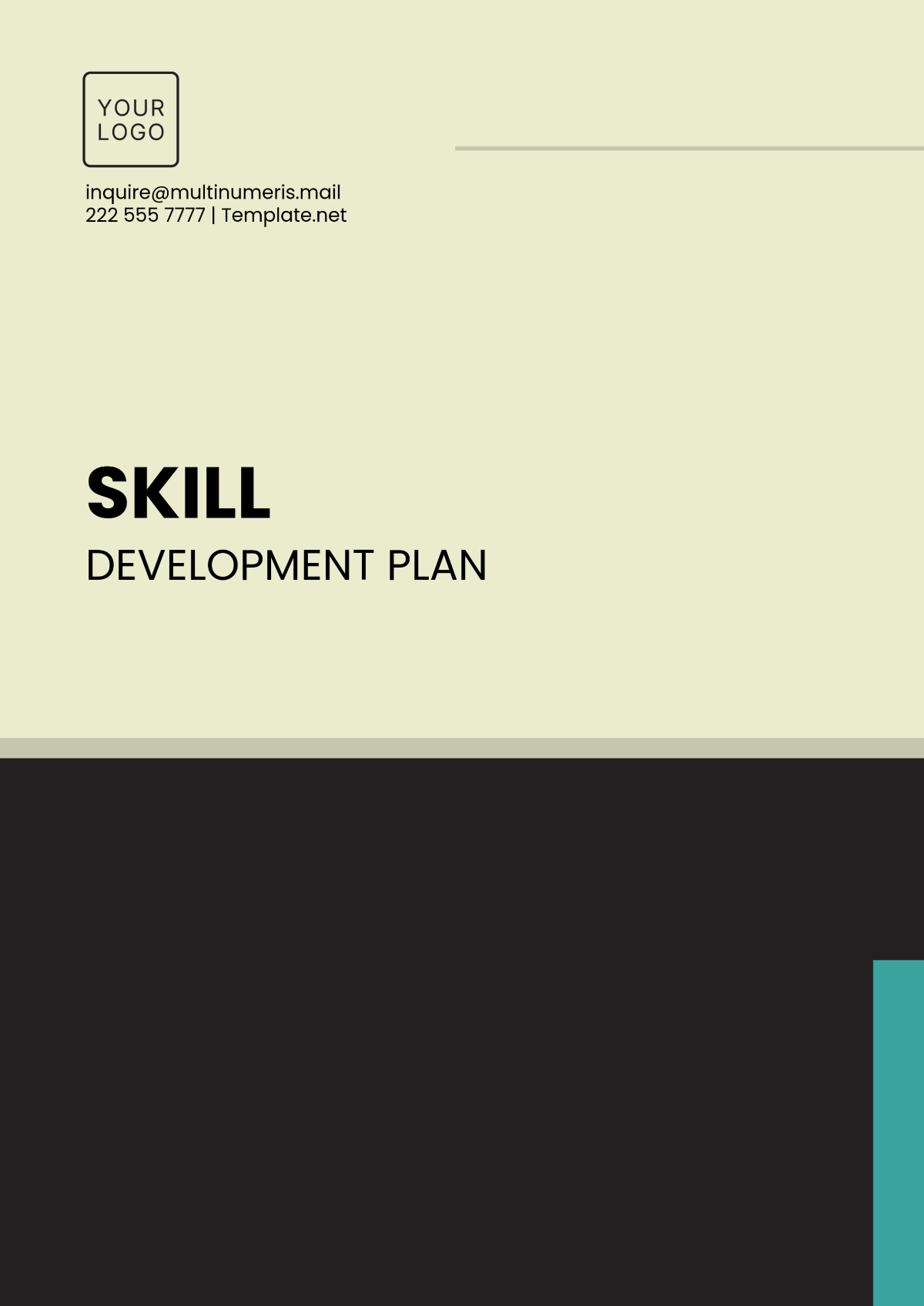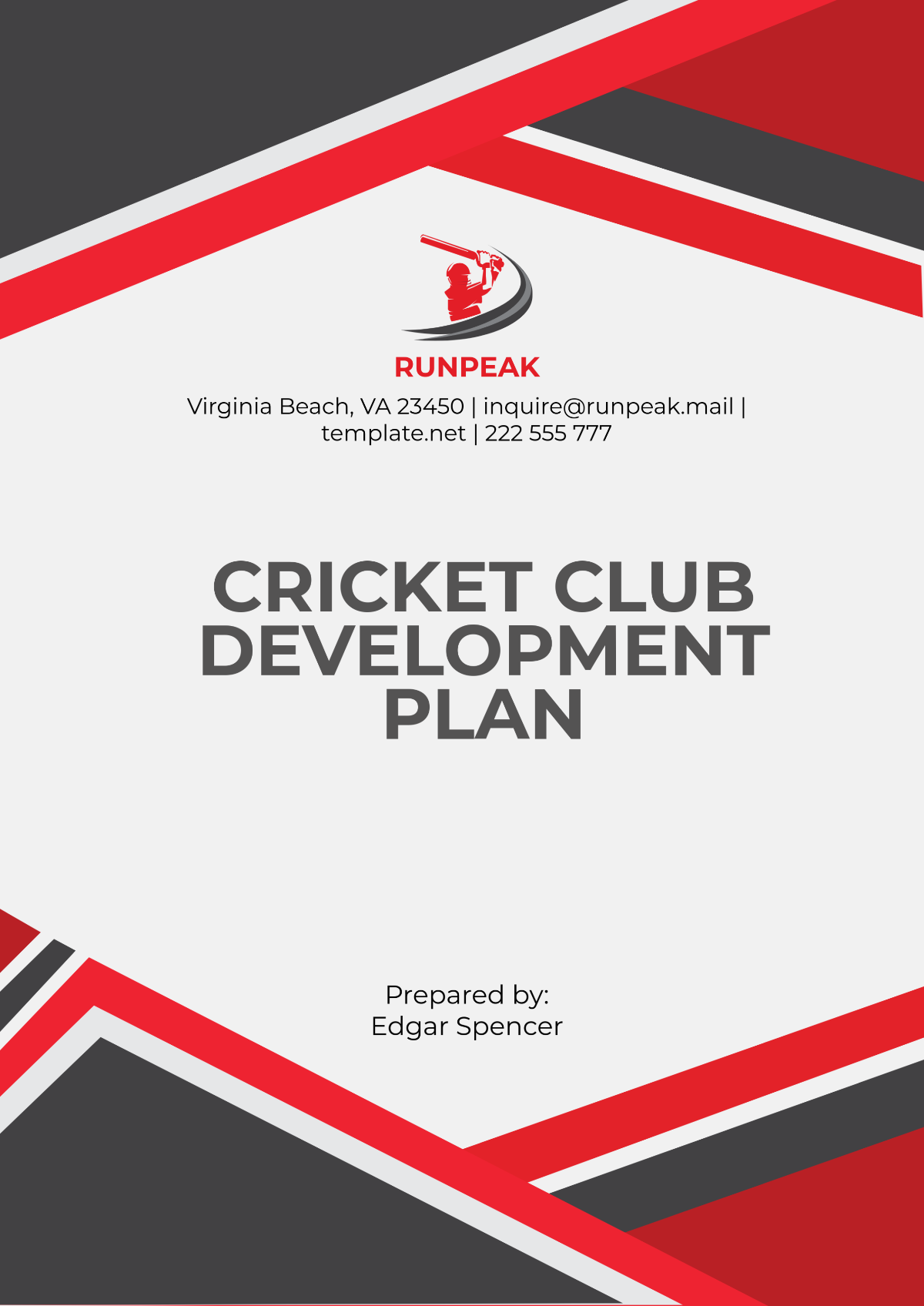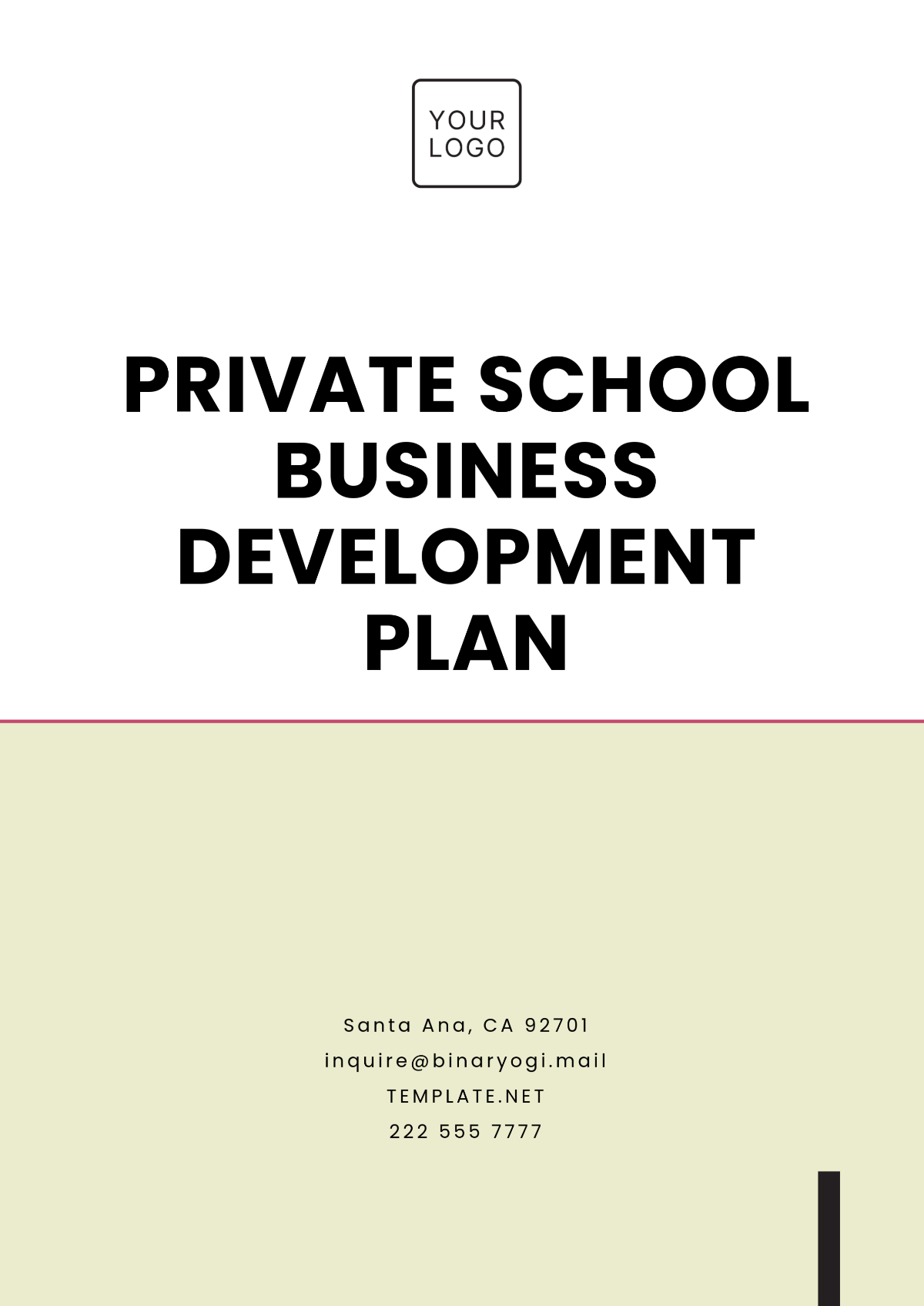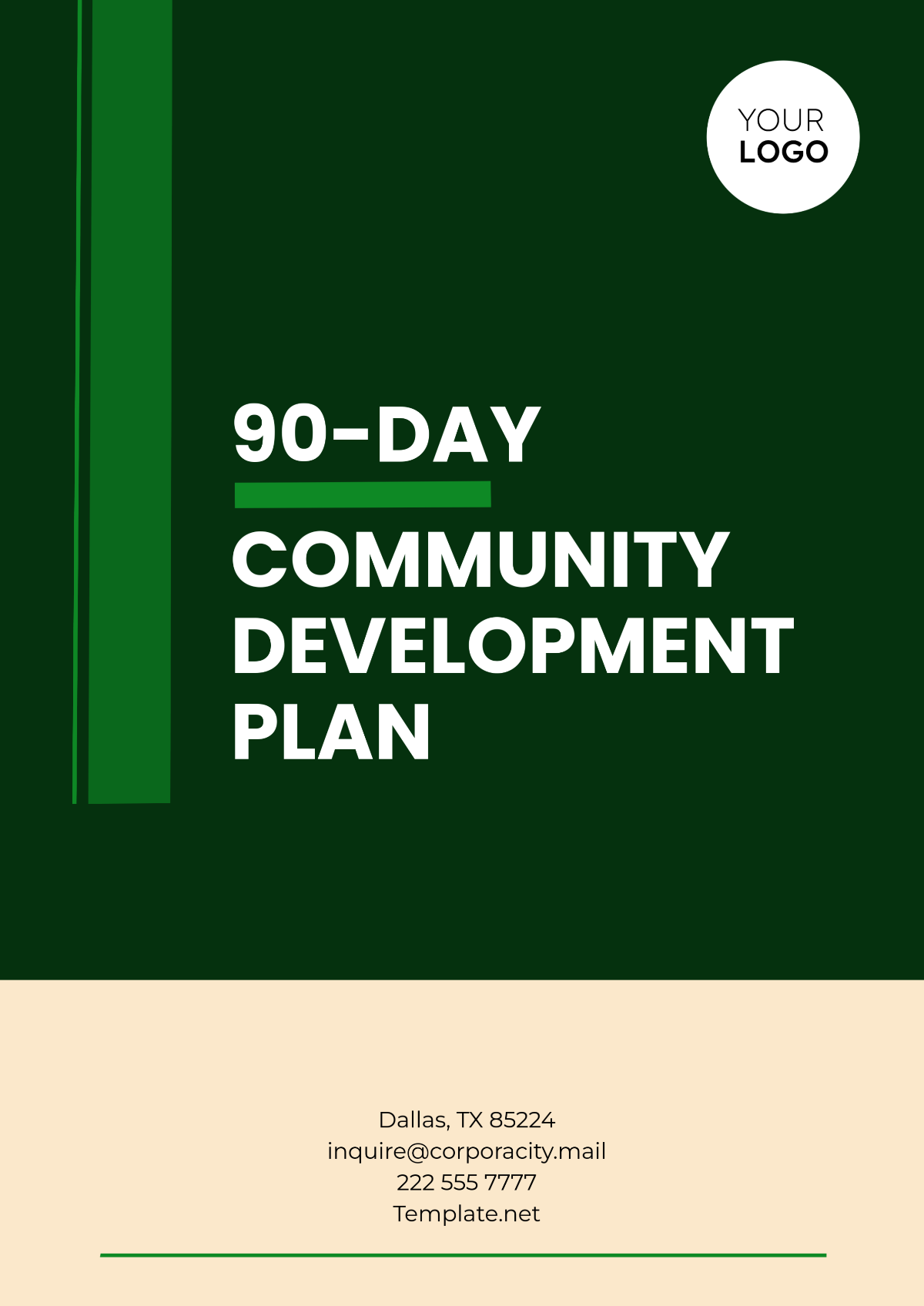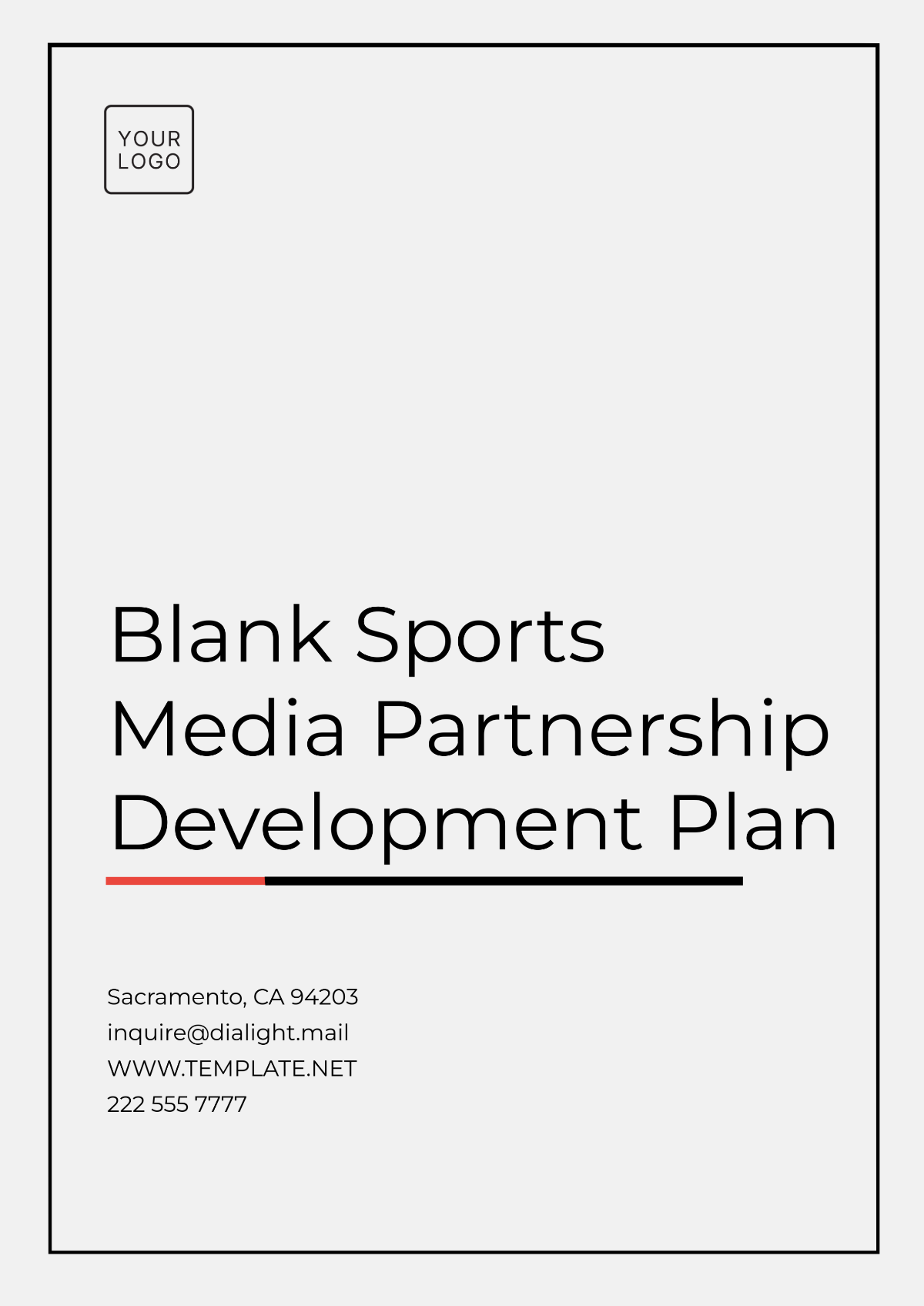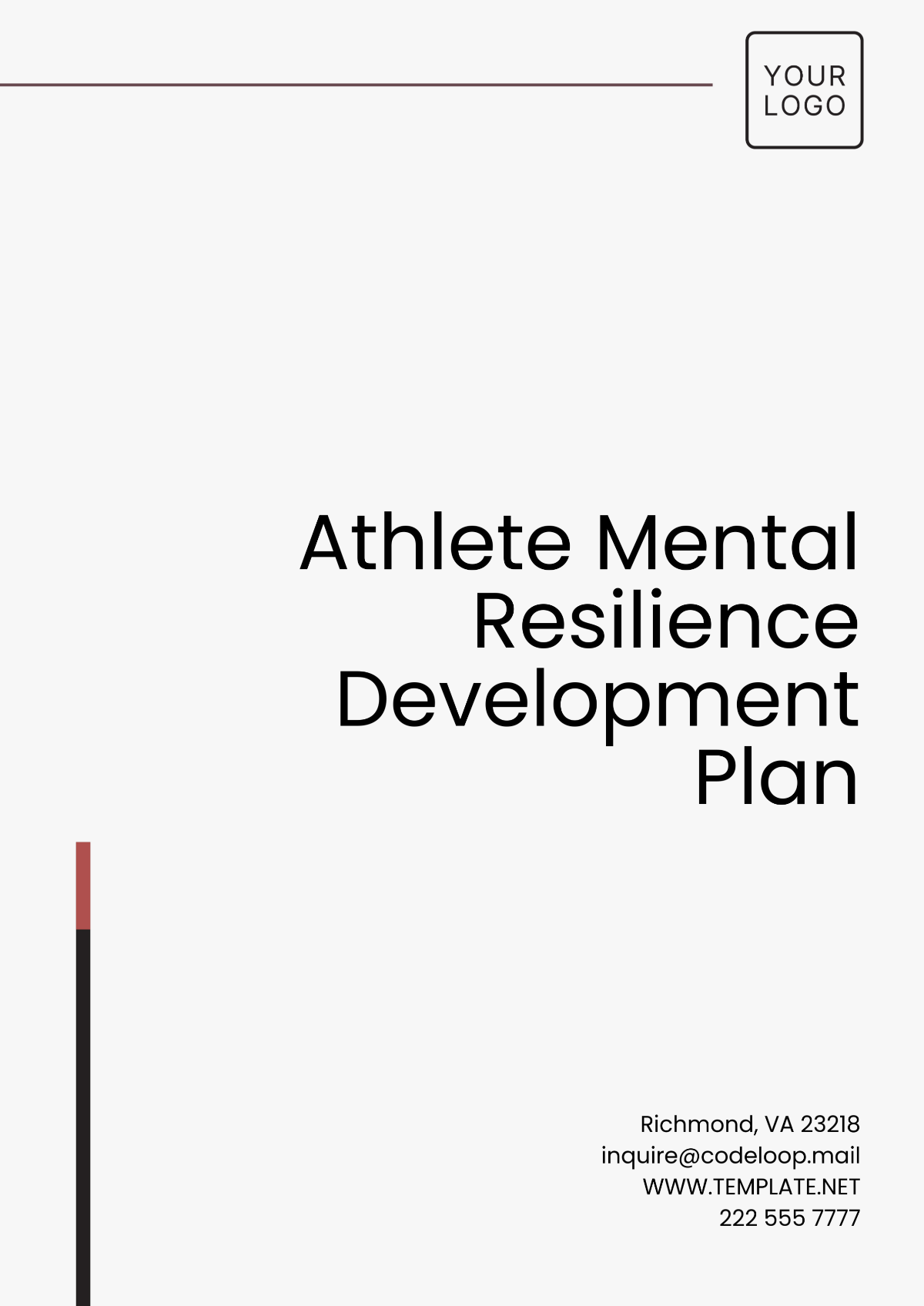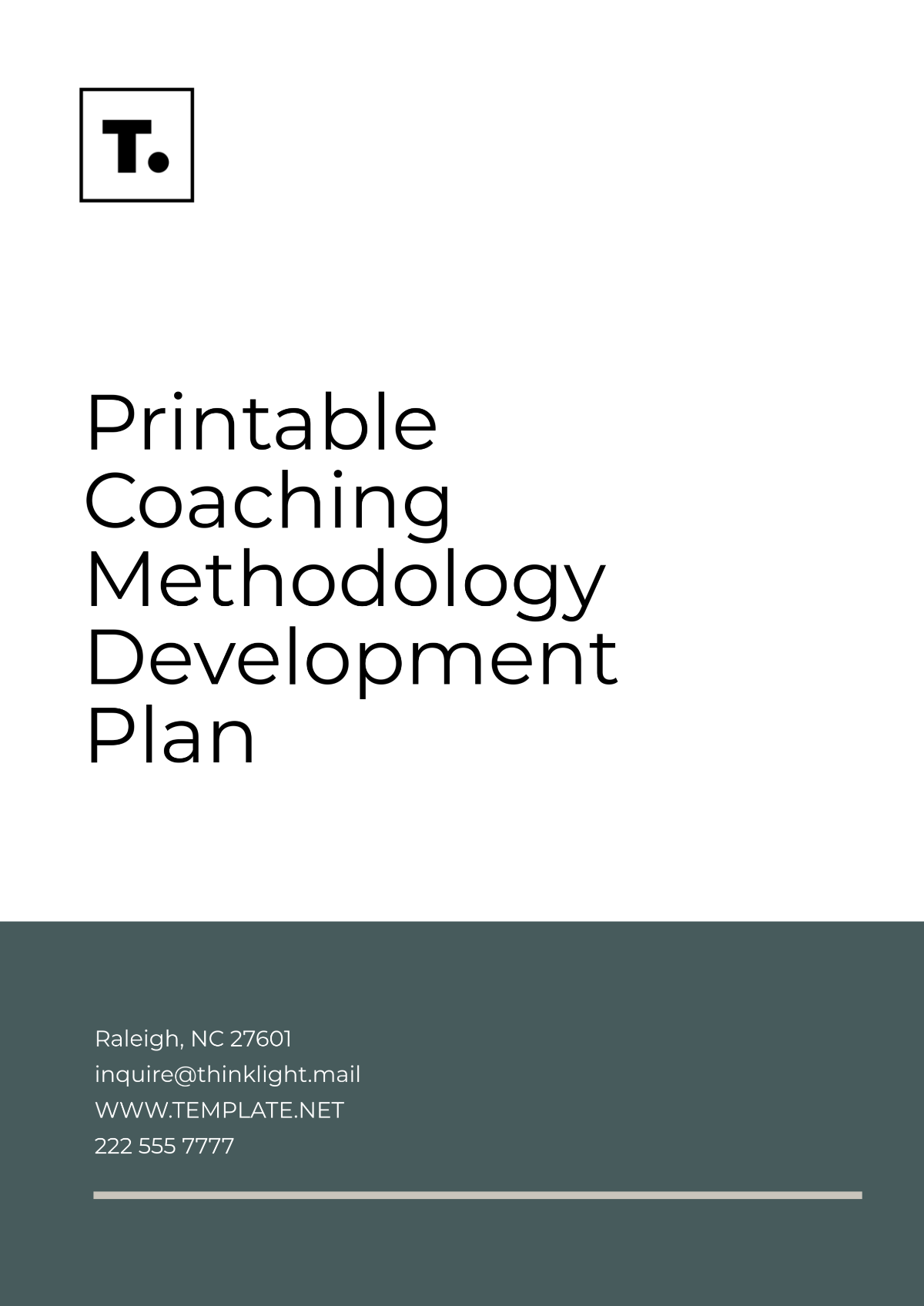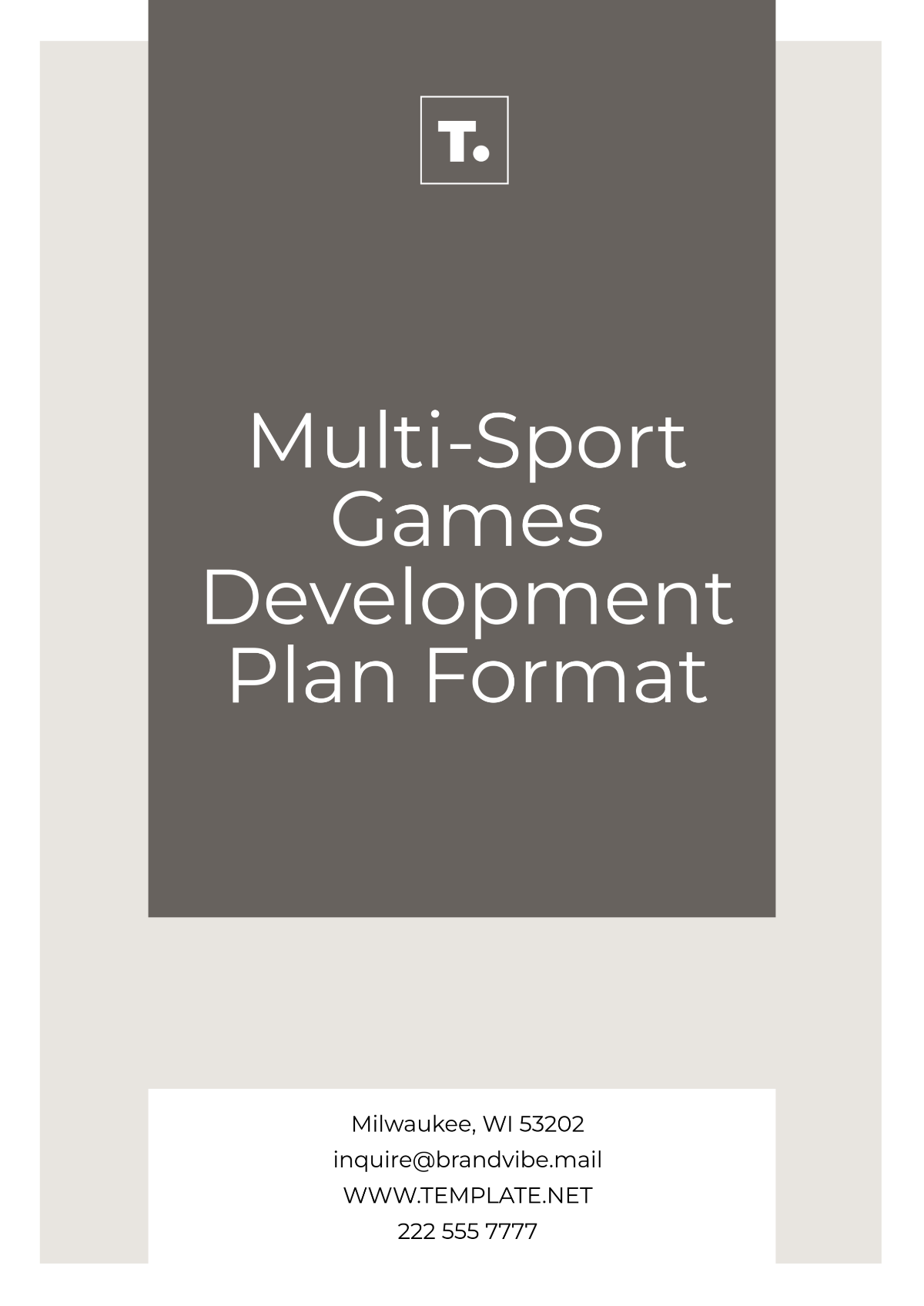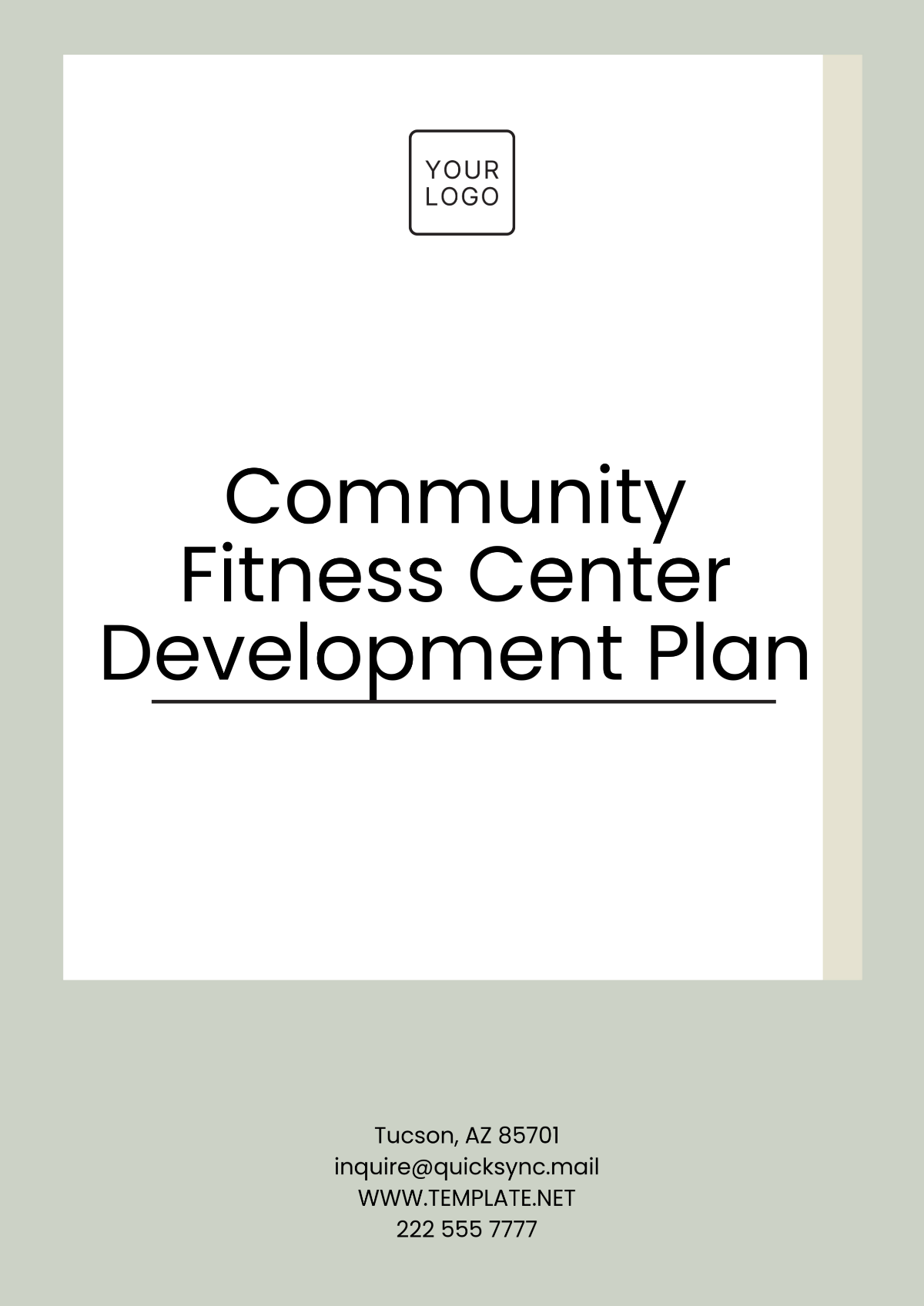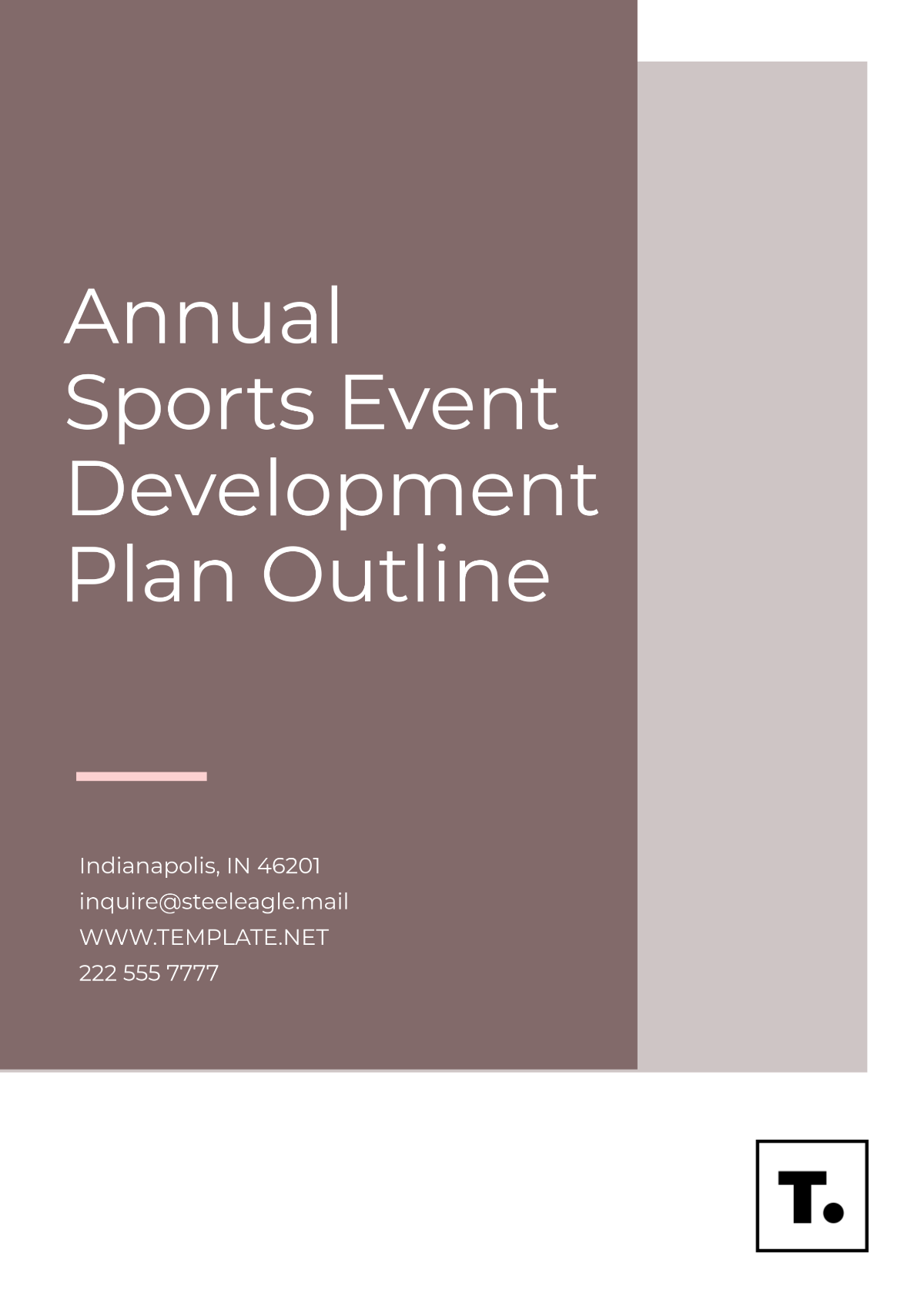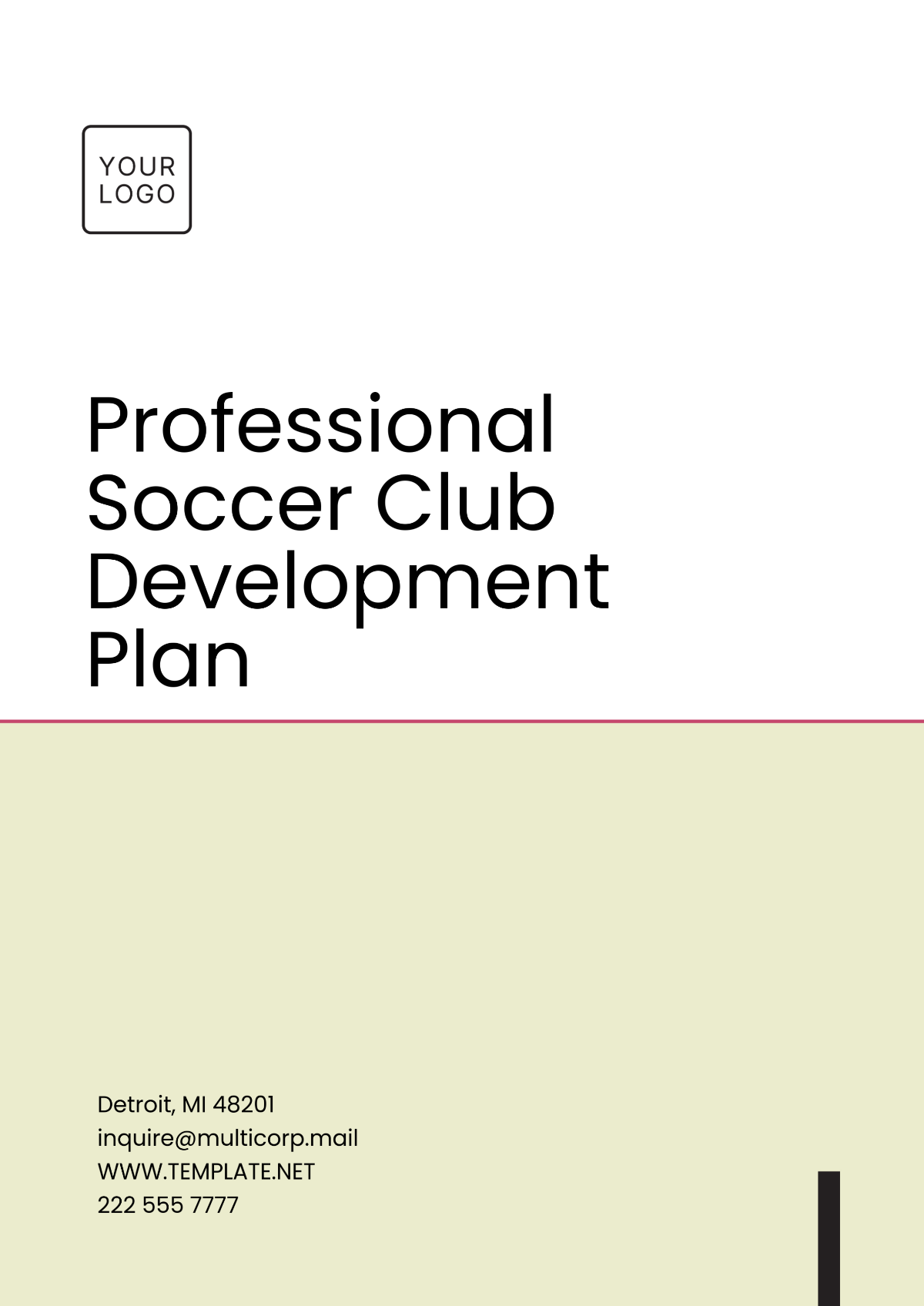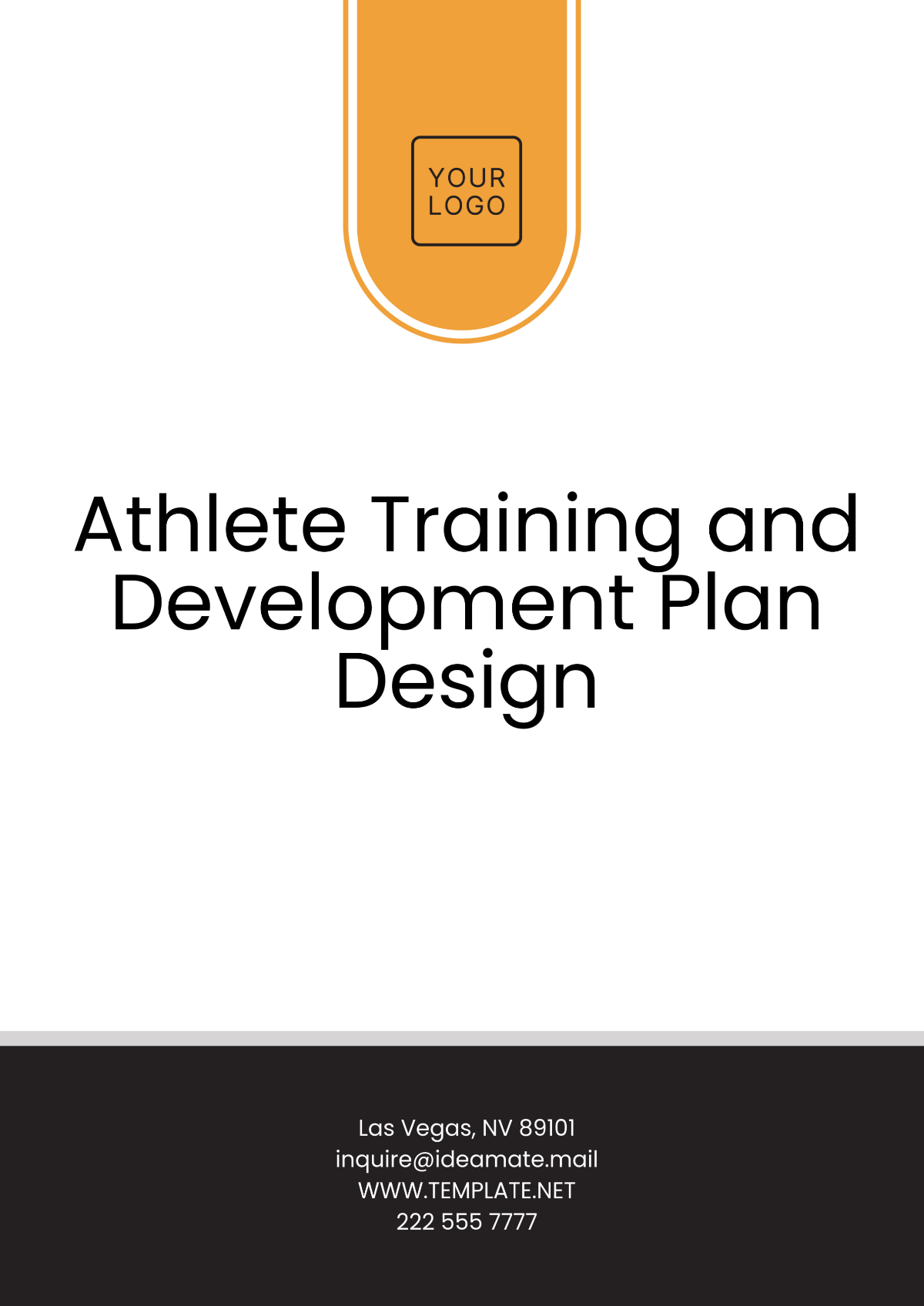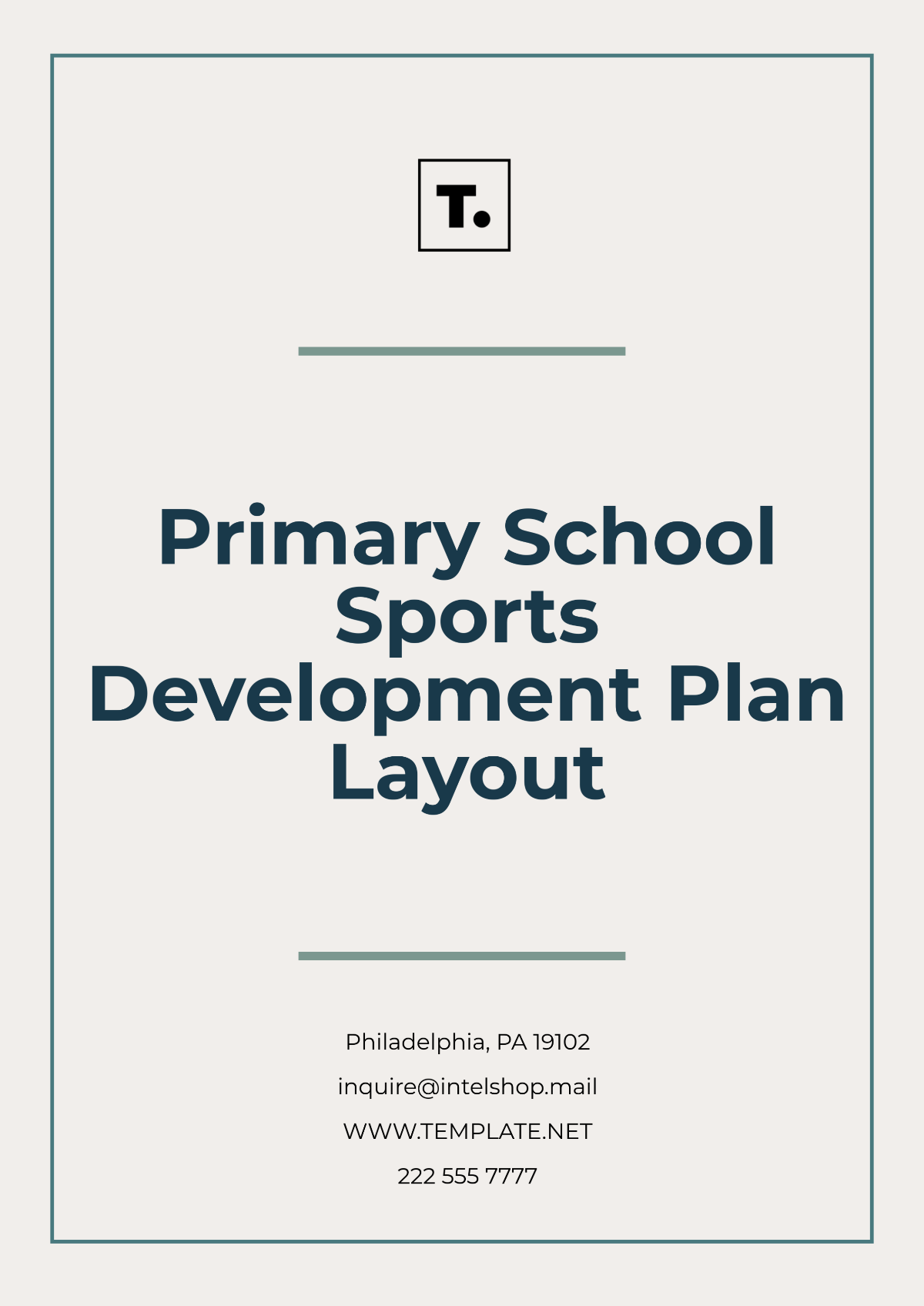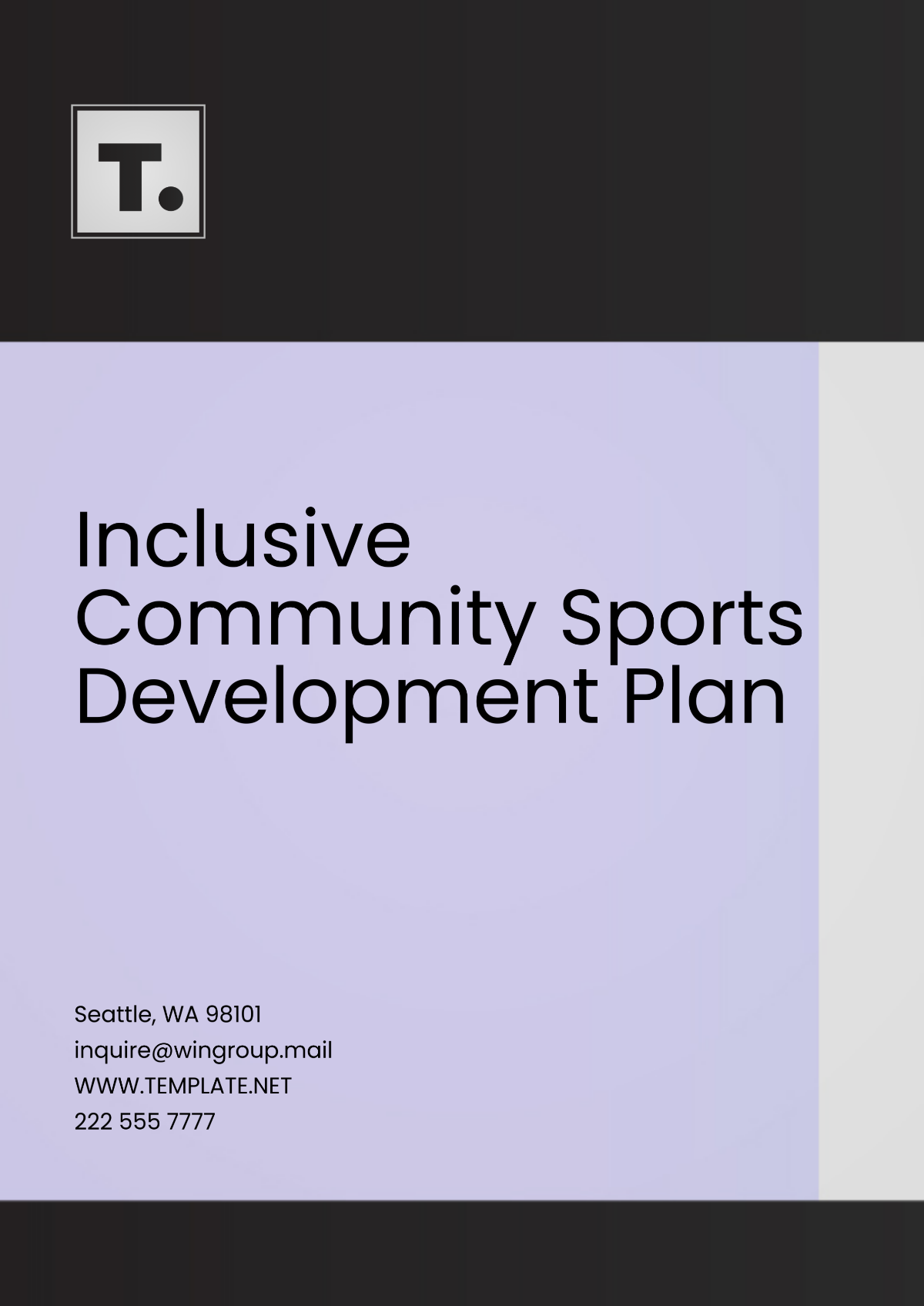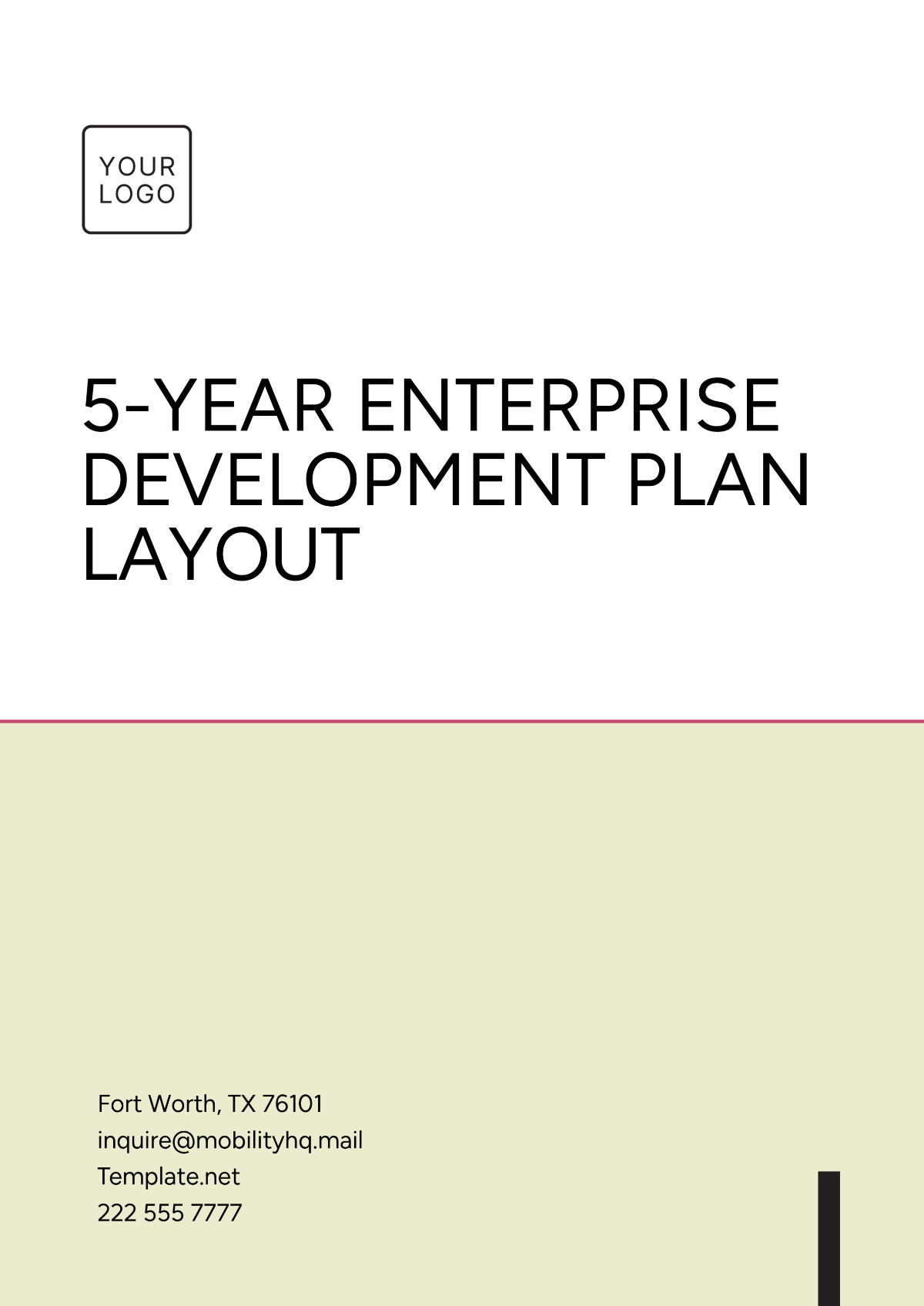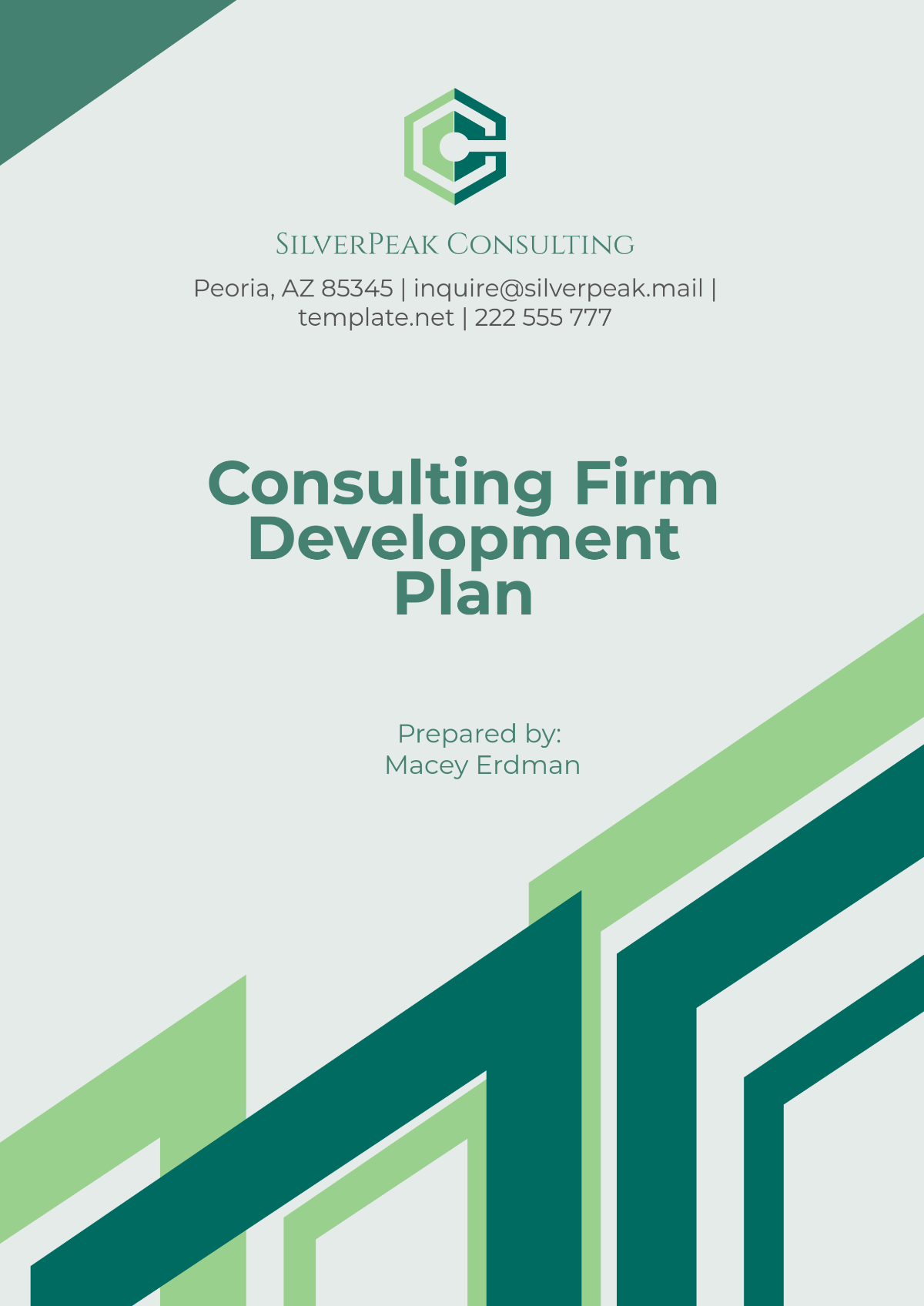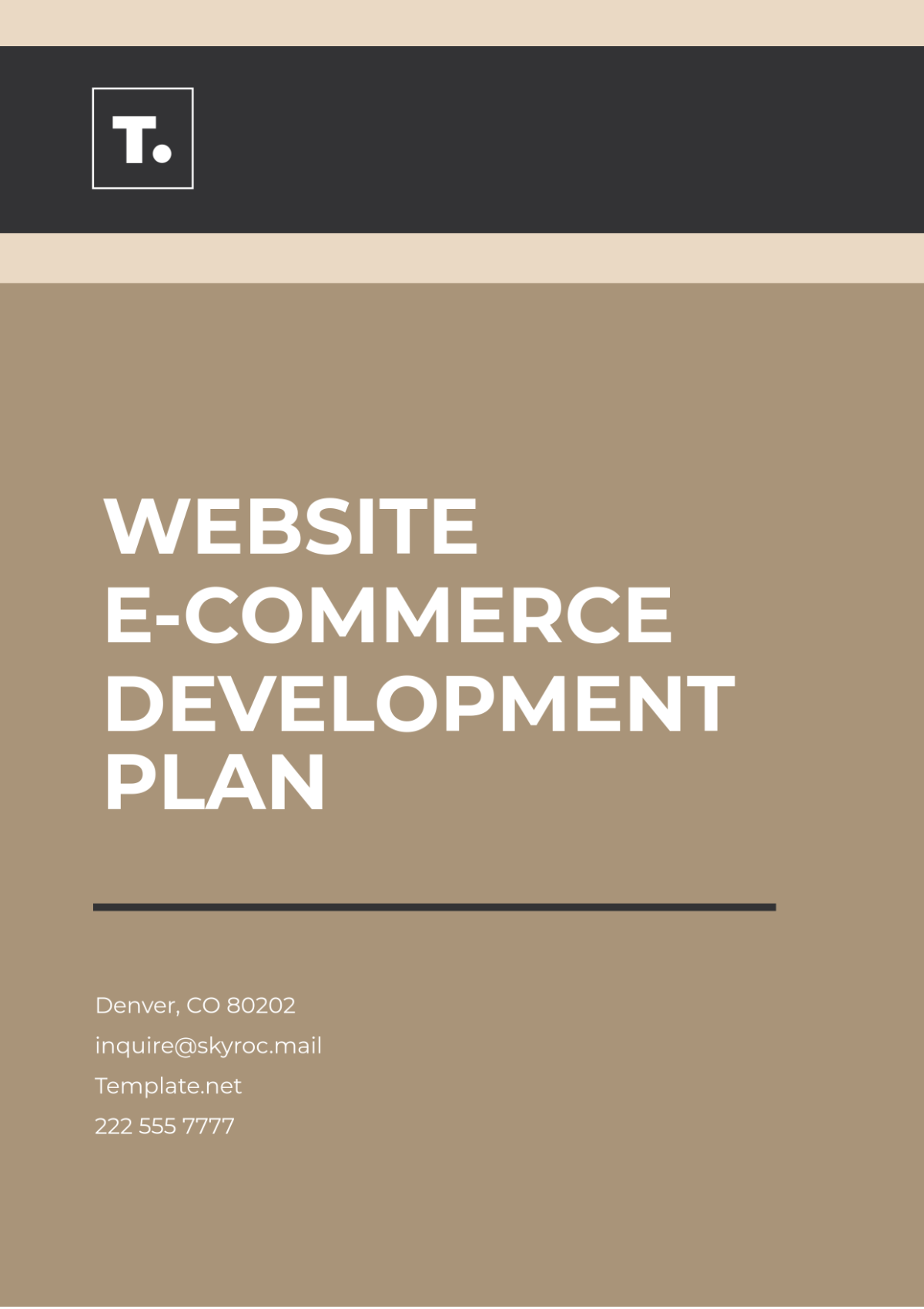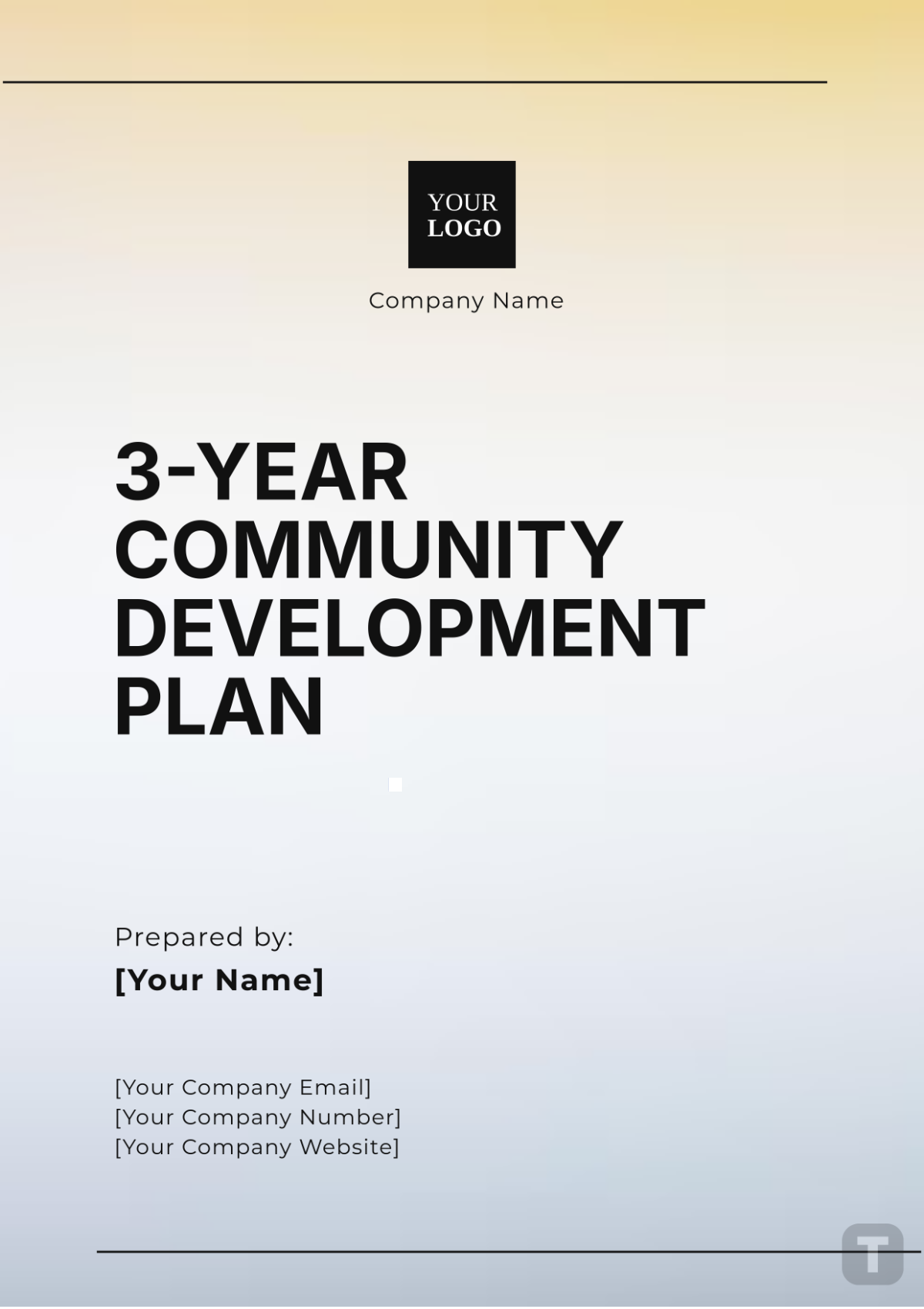CAREER DEVELOPMENT REQUIREMENTS
1. Introduction
Career development is a pivotal component for organizations striving to maintain a dynamic, skilled, and engaged workforce. As the business landscape evolves, aligning employees' career paths with organizational objectives becomes increasingly important. This document delineates the essential components for crafting an effective career development system that not only enhances individual growth but also propels organizational success.
2. Objectives
The primary goals of a well-structured career development program are to:
Enhance Employee Skills and Competencies: Facilitate the continuous improvement of employees' abilities to meet both current and future job requirements.
Increase Job Satisfaction and Employee Retention: Foster a fulfilling work environment that encourages long-term commitment and reduces turnover.
Align Individual Career Goals with Organizational Objectives: Ensure that employees' career aspirations are in harmony with the company’s strategic goals.
Identify and Prepare Future Leaders: Cultivate a pipeline of talent ready to assume key leadership roles within the organization.
3. Key Components
3.1. Needs Assessment
A thorough understanding of employees' developmental needs is crucial for designing an impactful career development program.
Component | Description |
|---|---|
Employee Surveys | Collect comprehensive data on employees’ career aspirations, skills gaps, and feedback on existing development opportunities. |
Managerial Feedback | Obtain valuable insights from managers on the performance and potential of their team members. |
Job Analysis | Identify the specific skills and competencies required for various roles to tailor development initiatives effectively. |
3.2. Development Planning
A structured development plan is essential for guiding employees through their career progression. A well-rounded development plan should encompass:
Goals: Establish clear, measurable objectives that align with both the employee's career goals and organizational needs.
Actions: Define specific steps and activities required to achieve these goals.
Timelines: Set realistic deadlines and milestones to track and measure progress.
Resources: Identify necessary resources such as training programs, mentorship, and educational materials.
3.3. Learning and Development Opportunities
Offering diverse learning opportunities is key to addressing the varied developmental needs of employees.
Opportunity Type | Description |
|---|---|
Training Programs | Structured courses designed to develop specific skills or competencies. |
Workshops and Seminars | Intensive, short-term learning sessions on various relevant topics. |
Mentorship Programs | Pairing less experienced employees with seasoned professionals for guidance and support. |
eLearning | Online courses and webinars providing flexible and accessible learning options. |
3.4. Performance Management
Integrating career development with performance management ensures continuous monitoring and improvement.
Regular Reviews: Conduct consistent performance evaluations to discuss progress and make necessary adjustments.
Feedback Mechanisms: Provide ongoing constructive feedback and recognize achievements.
Performance Metrics: Employ specific metrics to gauge the effectiveness of development activities.
3.5. Succession Planning
Developing a robust succession plan is critical for ensuring the availability of qualified candidates for future leadership positions.
Identification of Key Roles: Pinpoint critical positions requiring succession planning.
Talent Pools: Create and nurture pools of high-potential employees ready to fill key roles.
Leadership Development: Implement programs designed to enhance leadership skills among potential successors.
4. Implementation Strategy
A successful career development program demands a well-coordinated approach involving all relevant stakeholders.
The strategy involves:
Stakeholder Engagement: Collaborate with HR, managers, and employees to design and execute the program.
Communication Plan: Ensure transparent communication regarding the program’s objectives, benefits, and processes.
Continuous Improvement: Regularly review and refine the program based on feedback and evolving organizational needs.
5. Conclusion
Investing in a comprehensive career development program is crucial for cultivating a motivated, skilled workforce. By addressing individual developmental needs and aligning them with organizational goals, companies can drive success and ensure sustainable growth.
